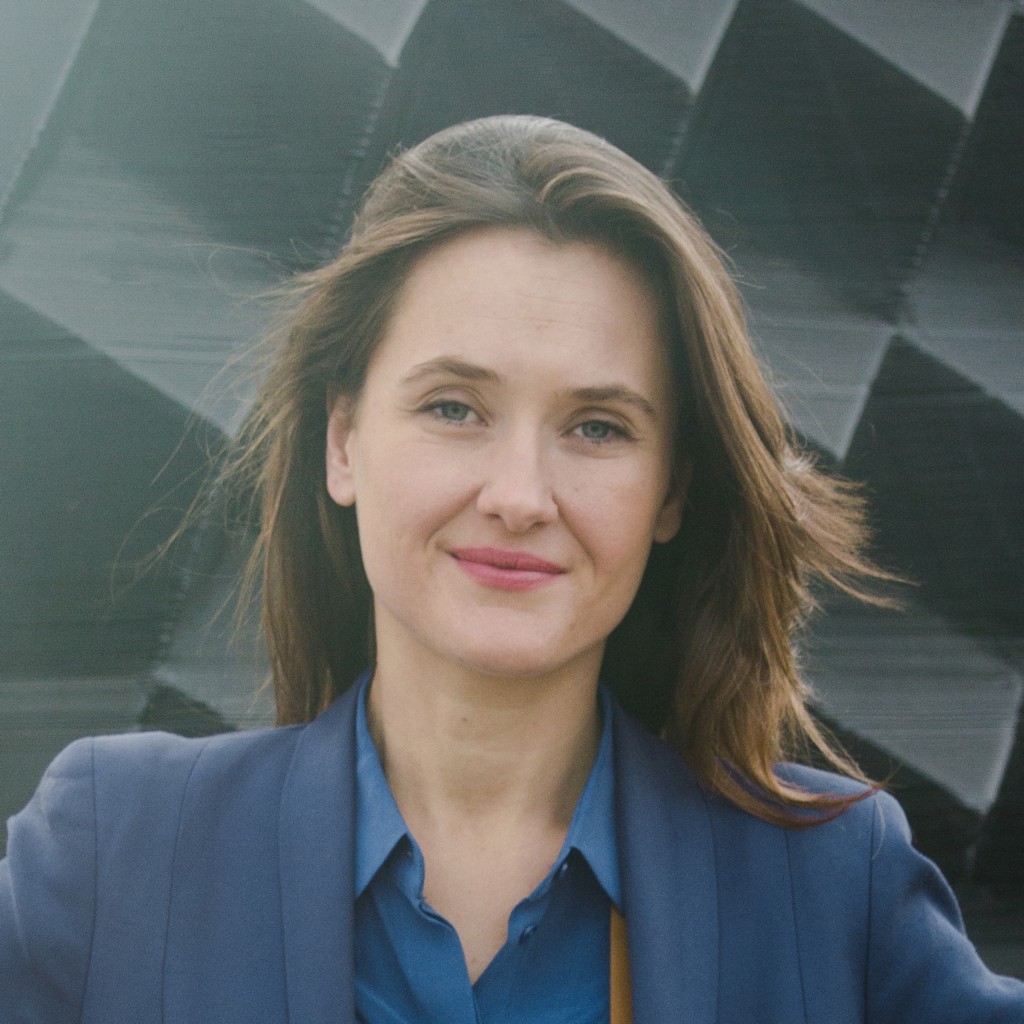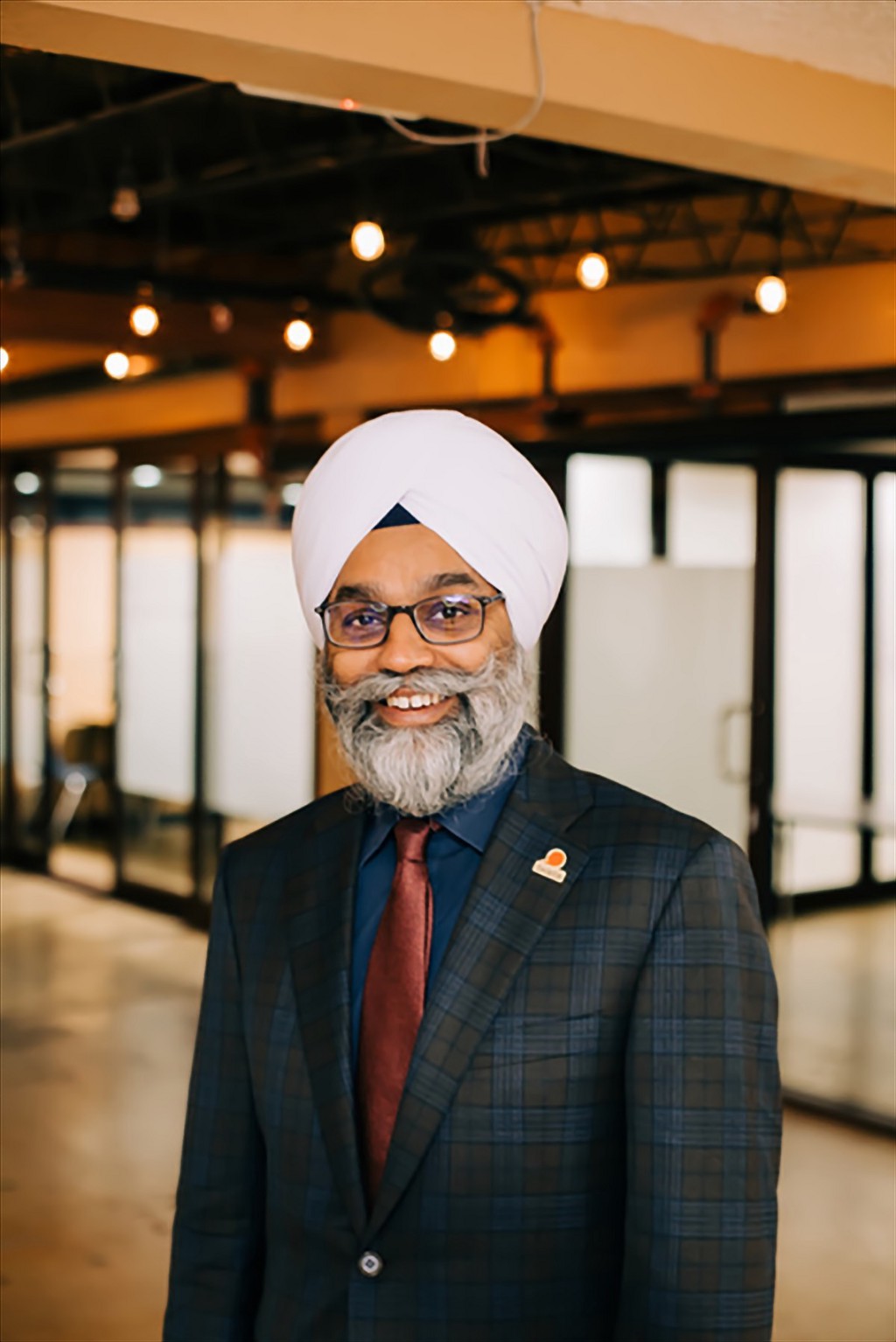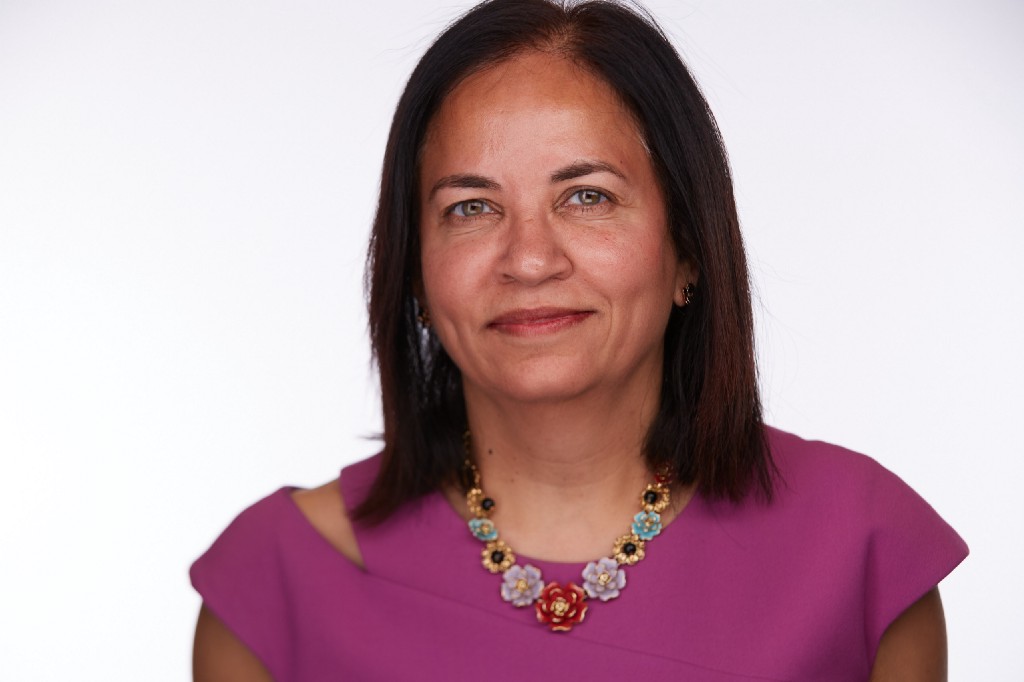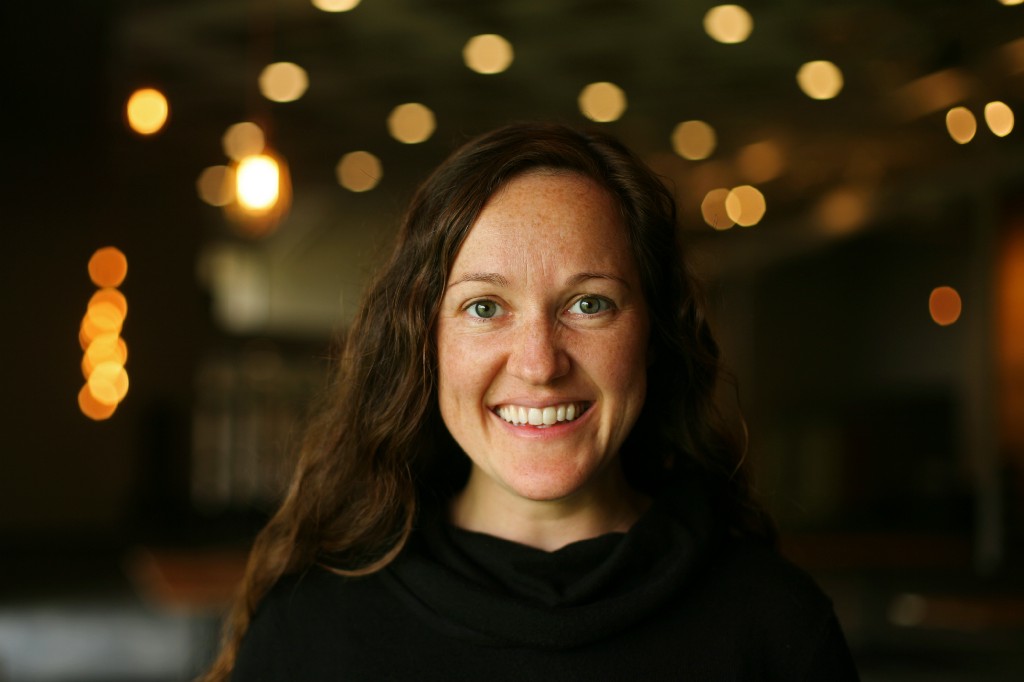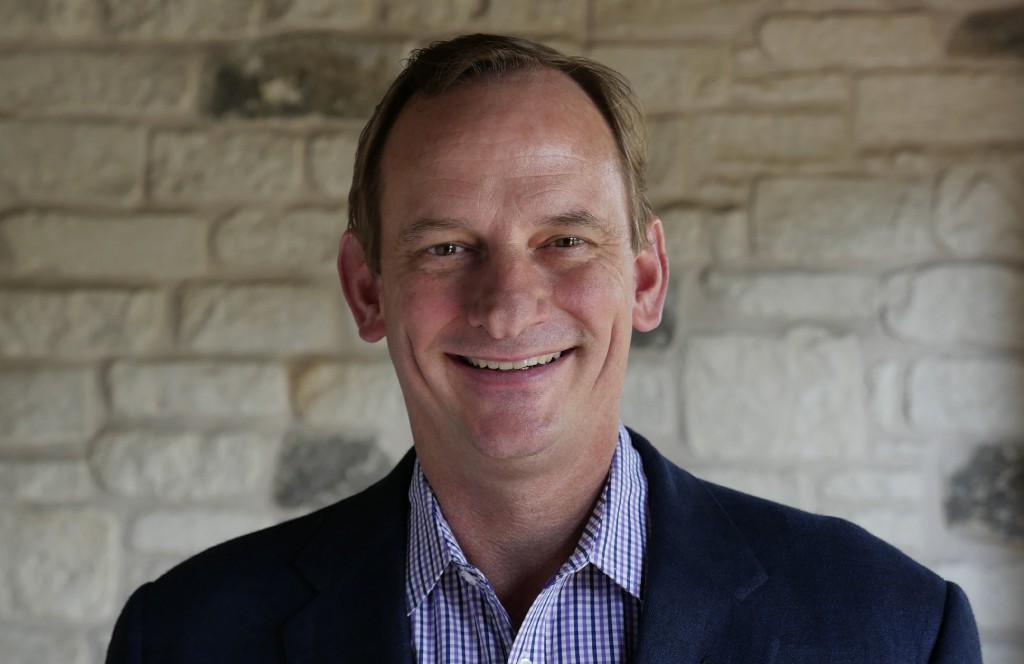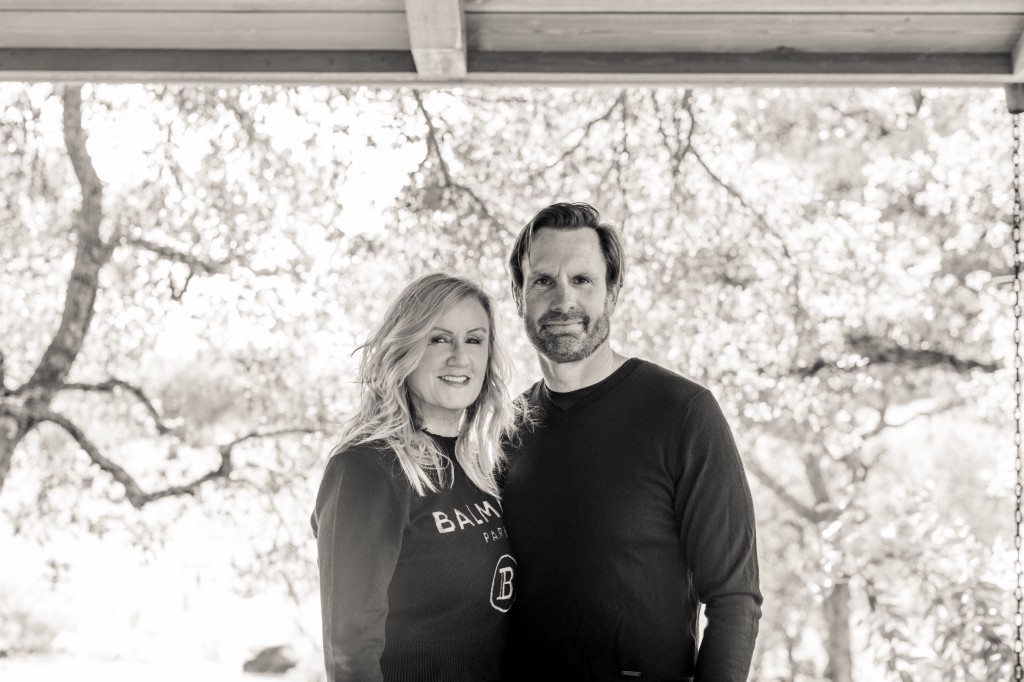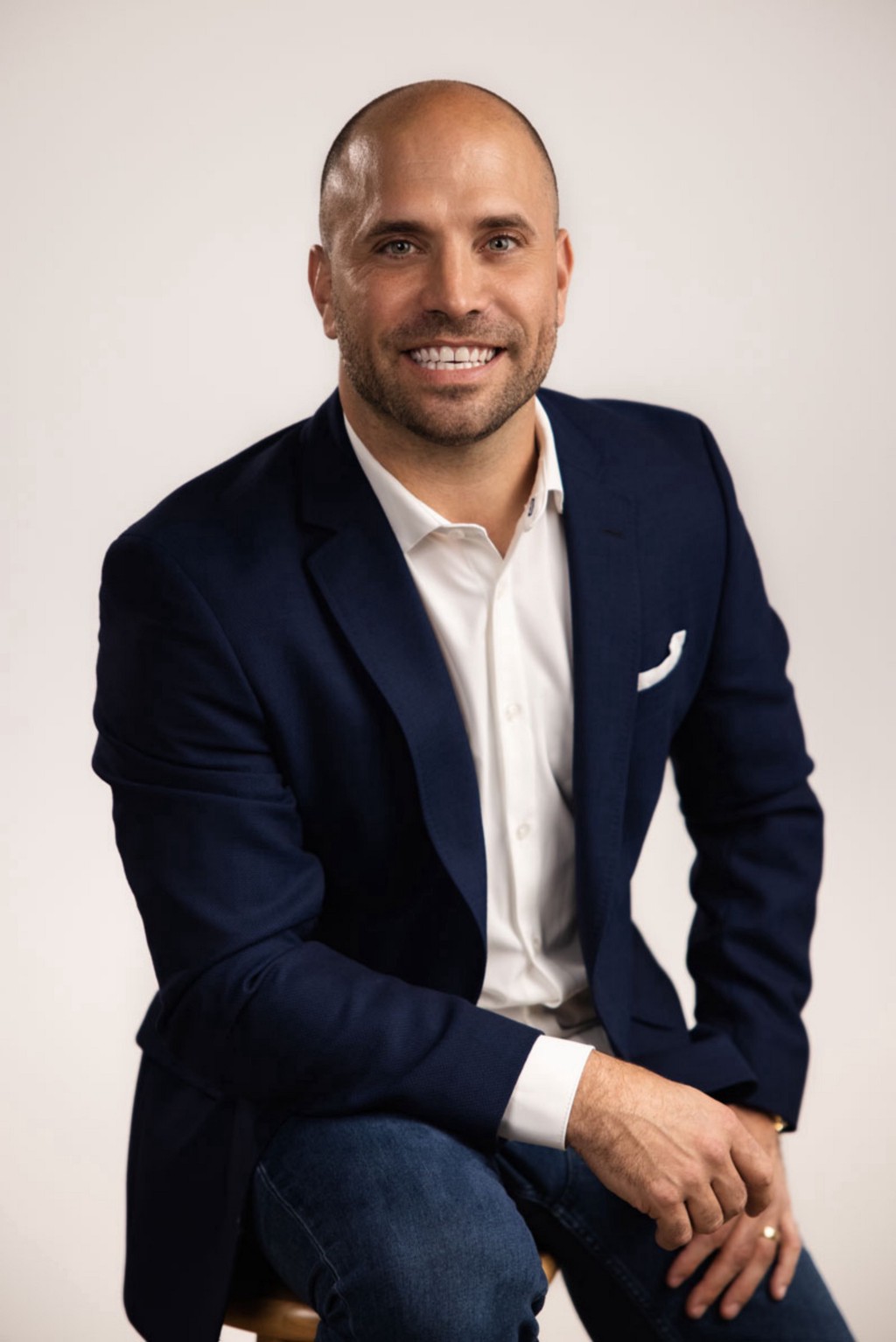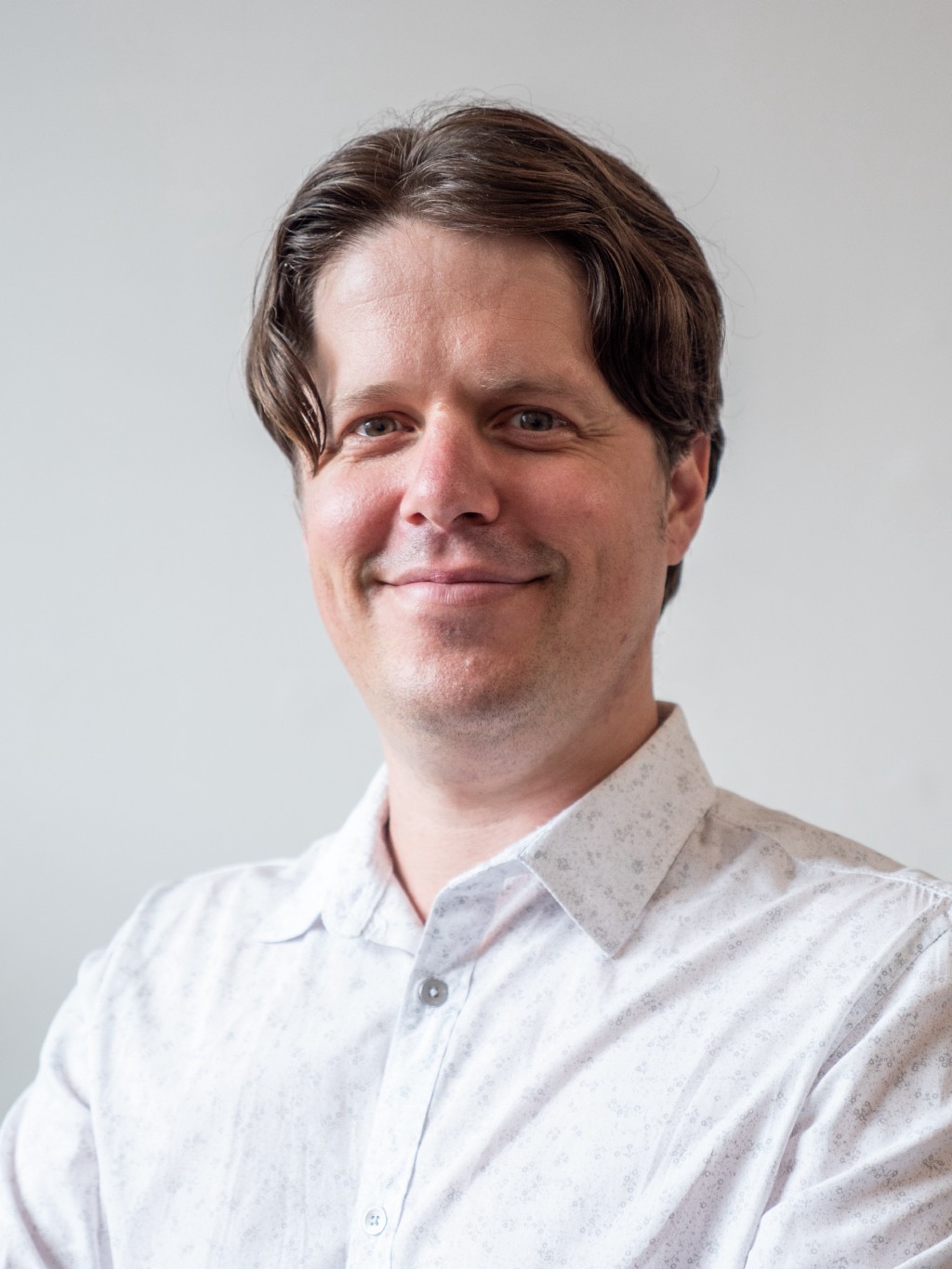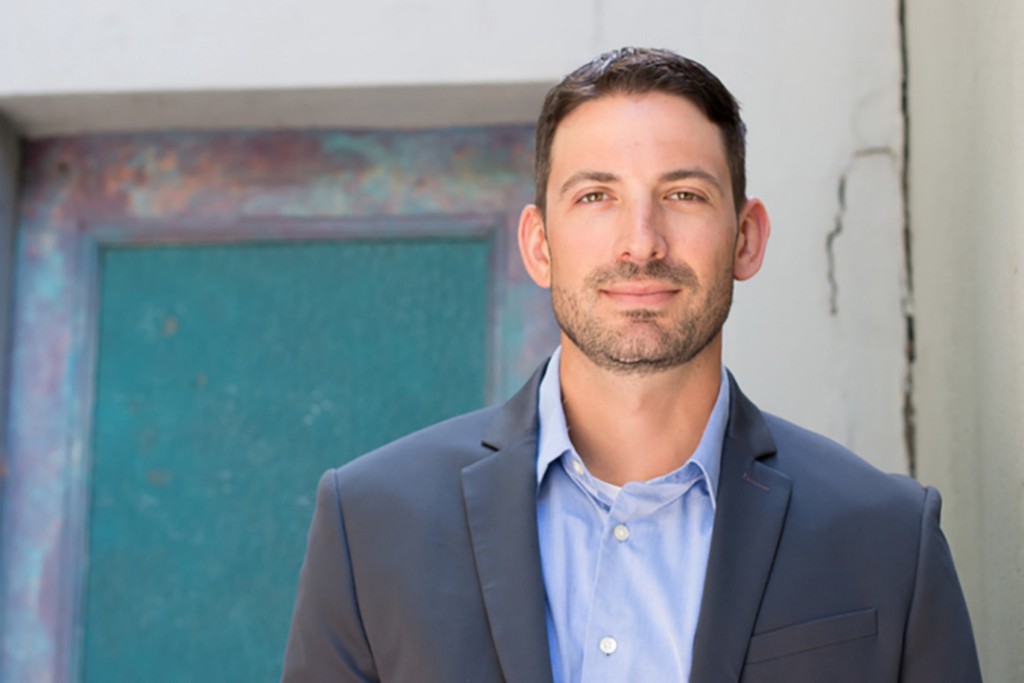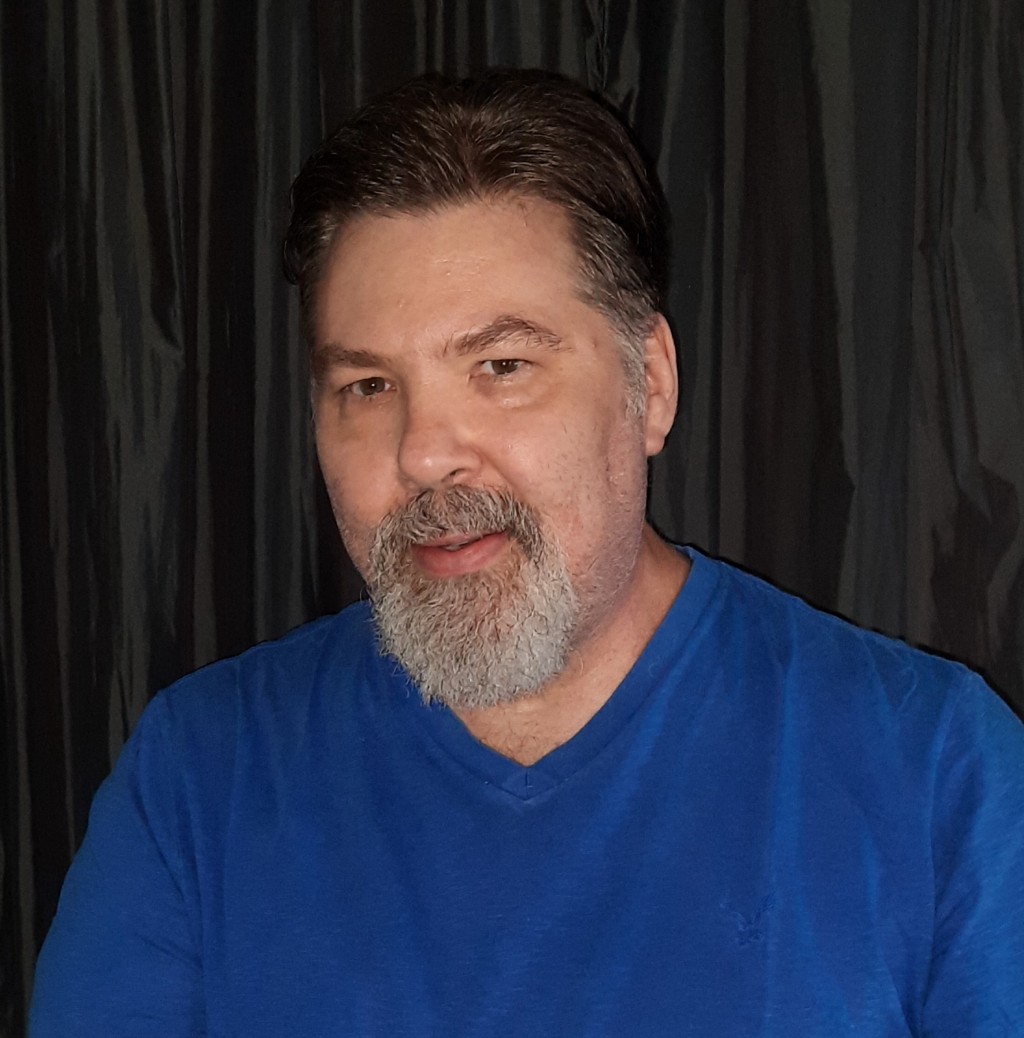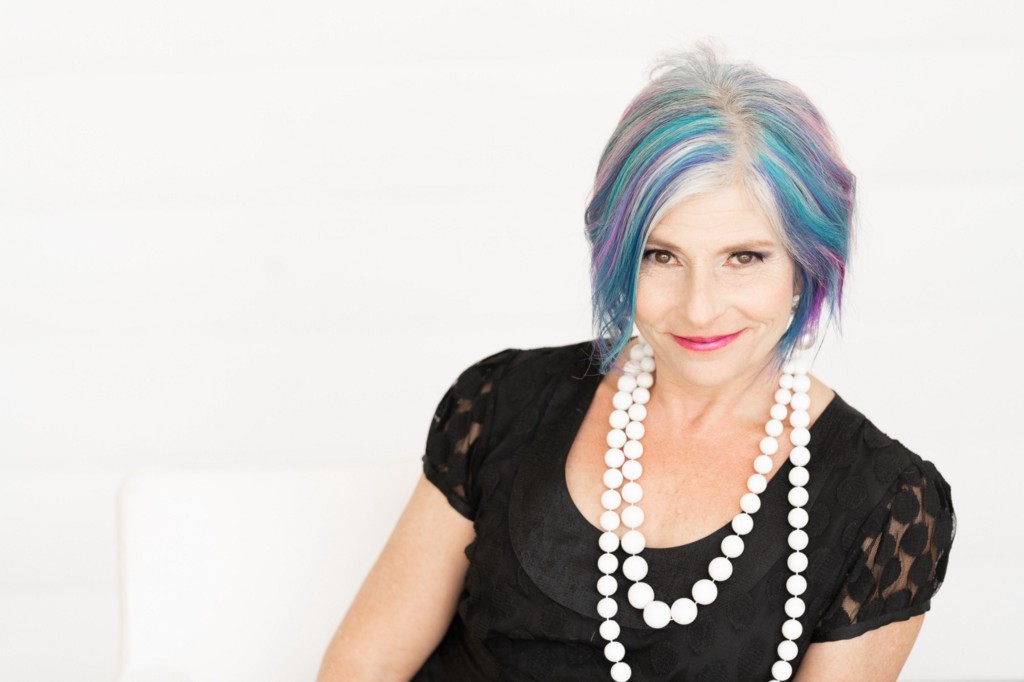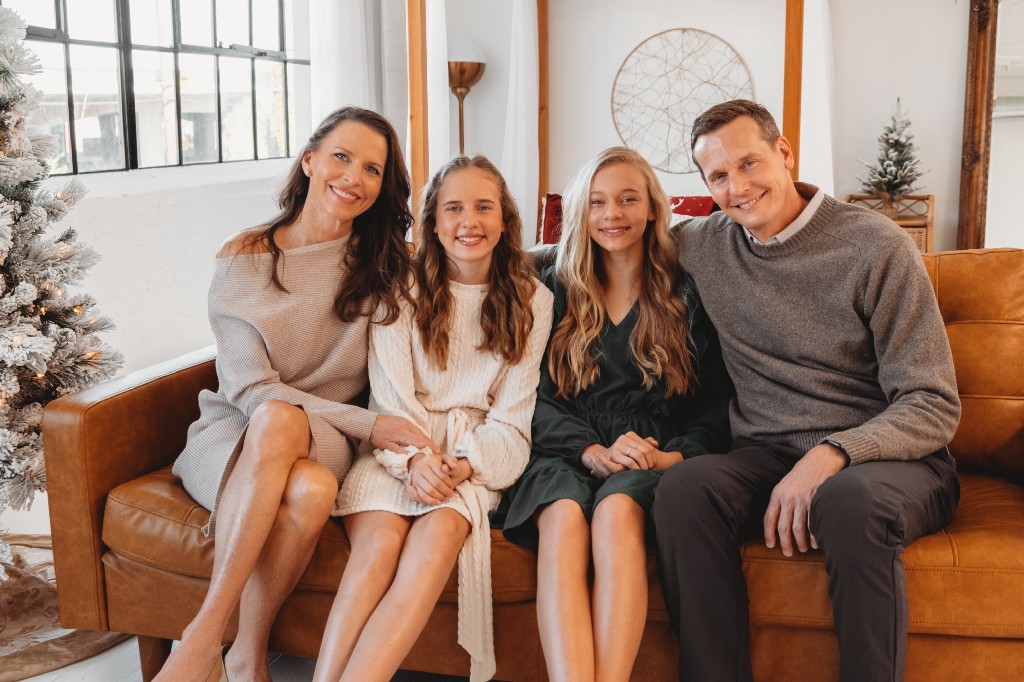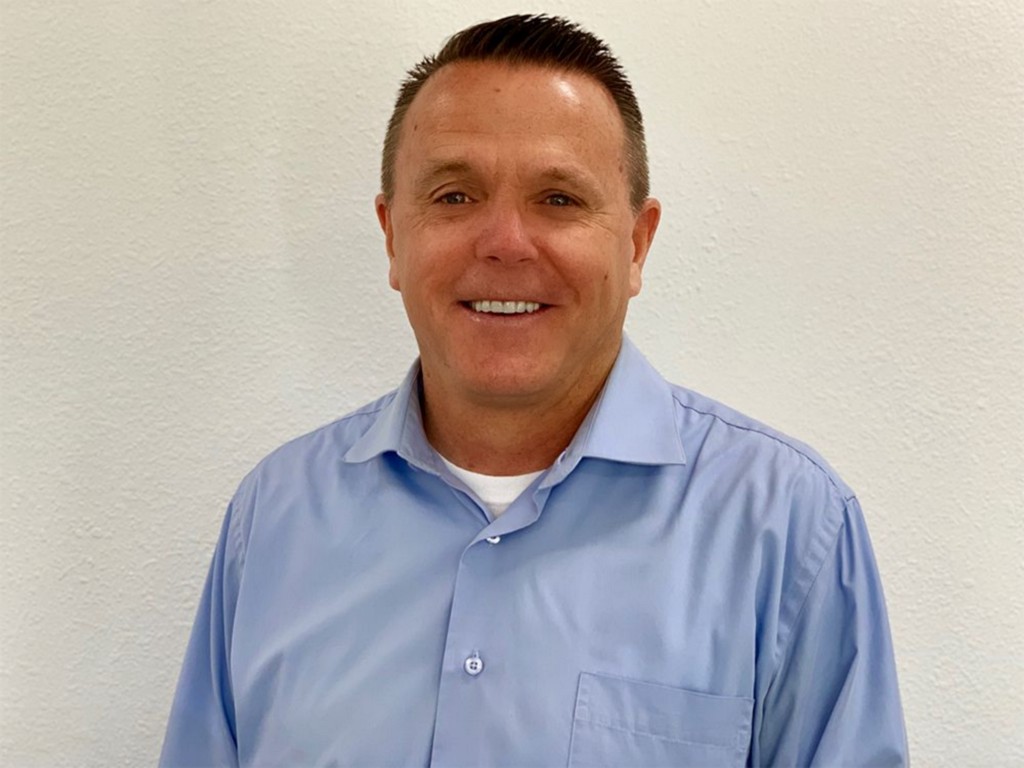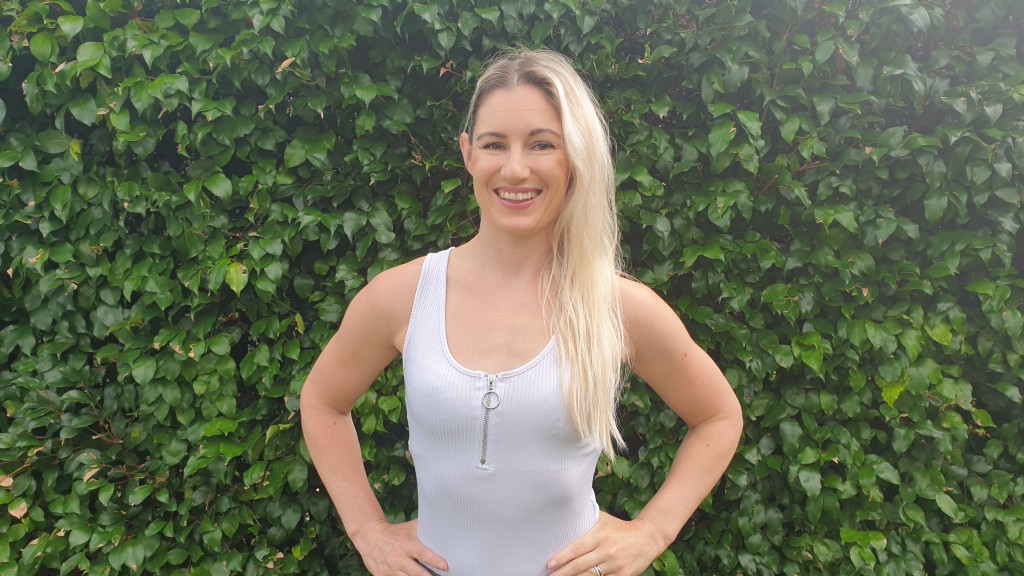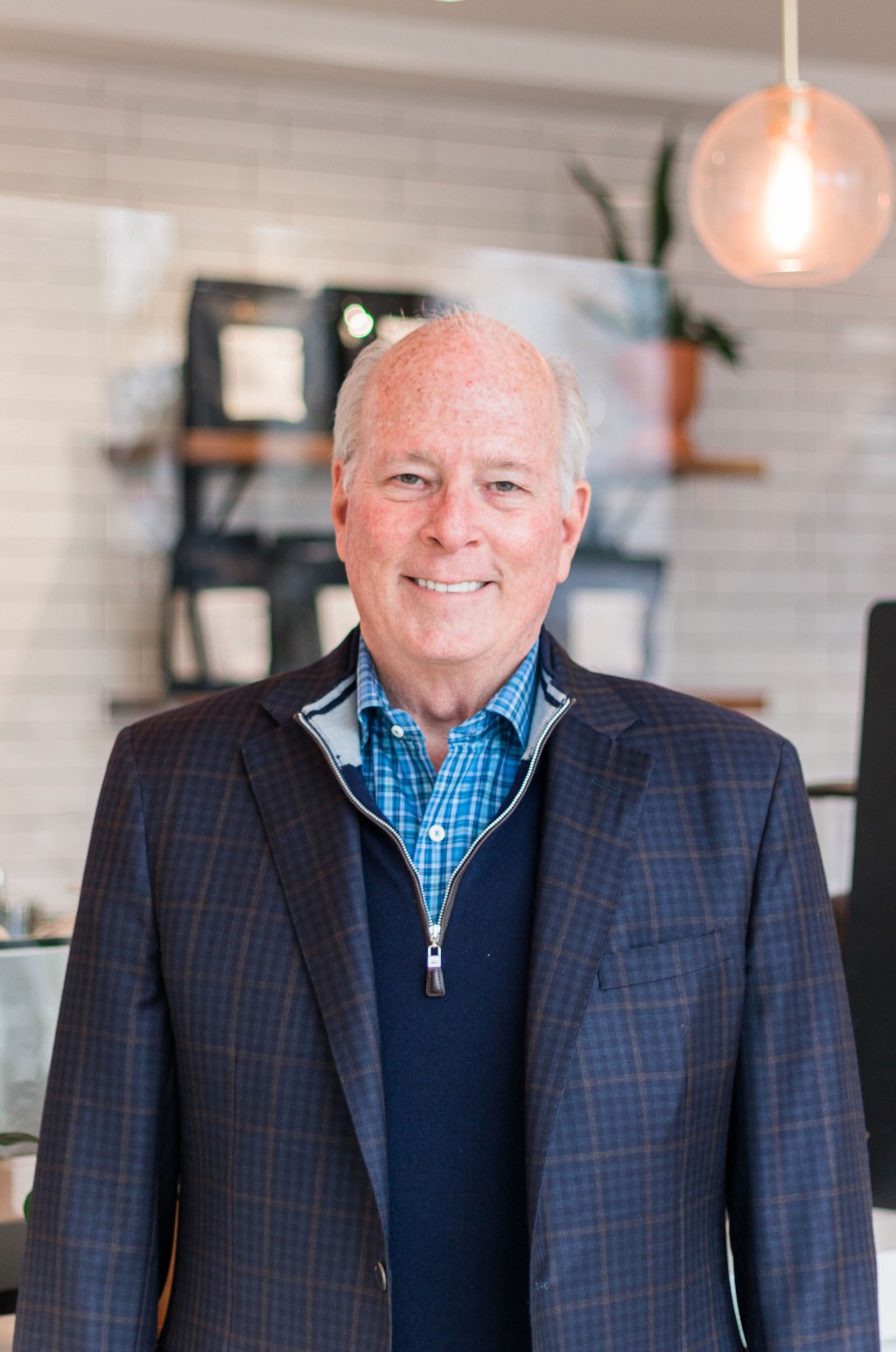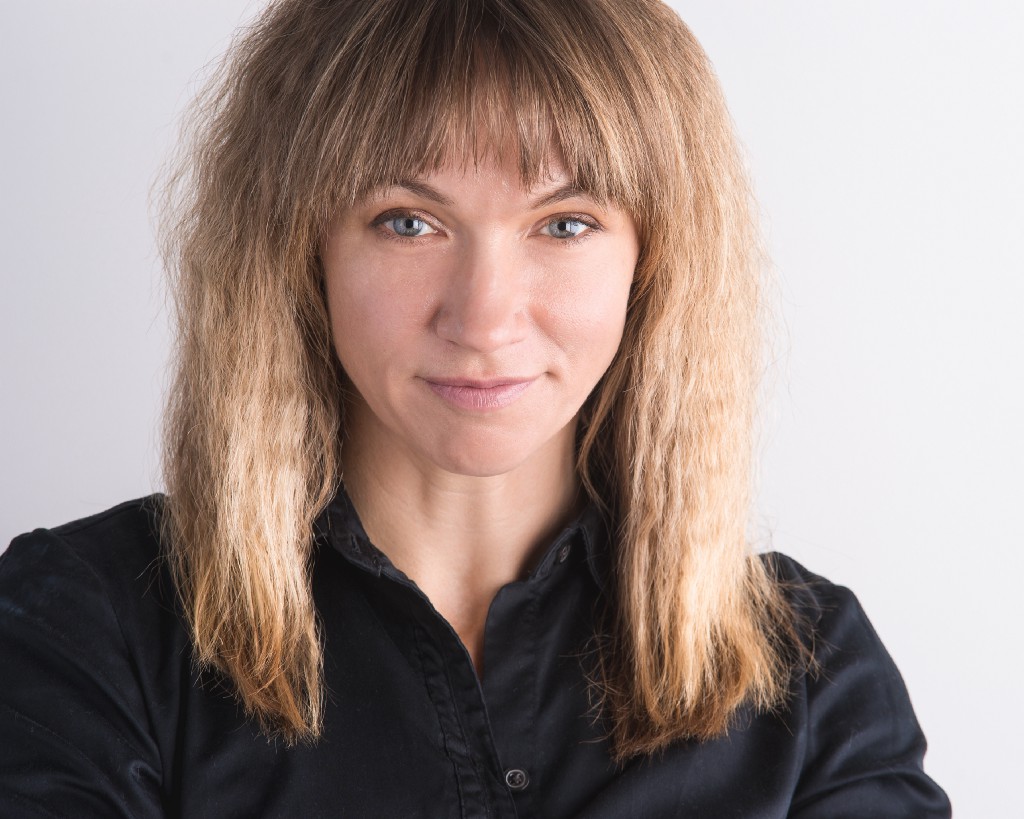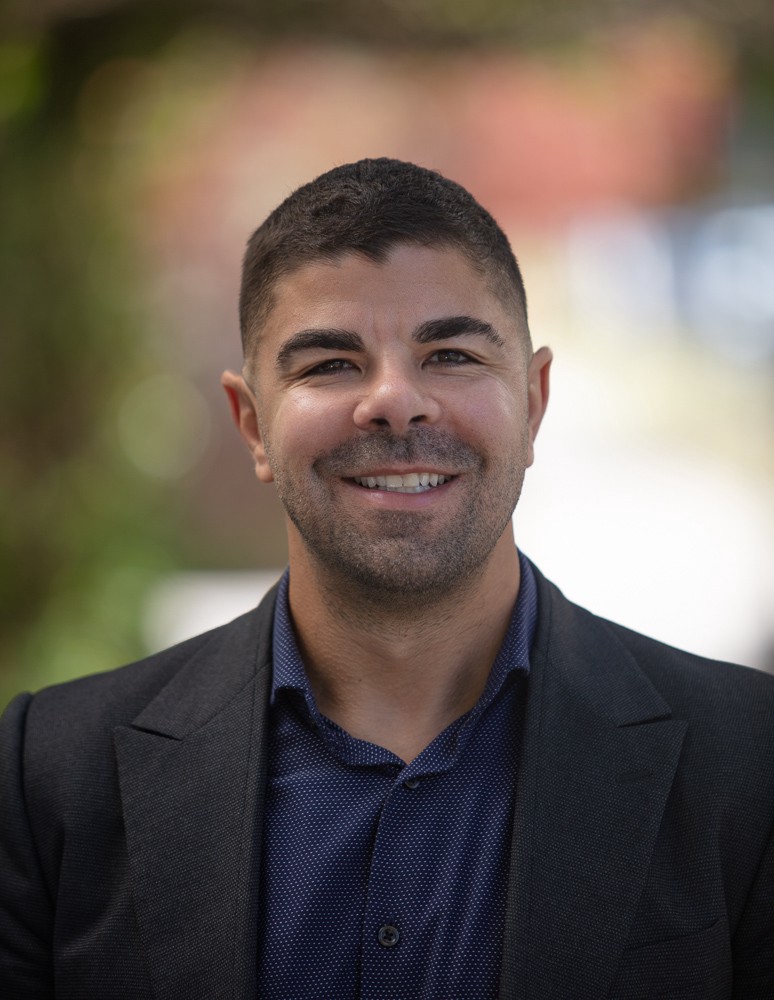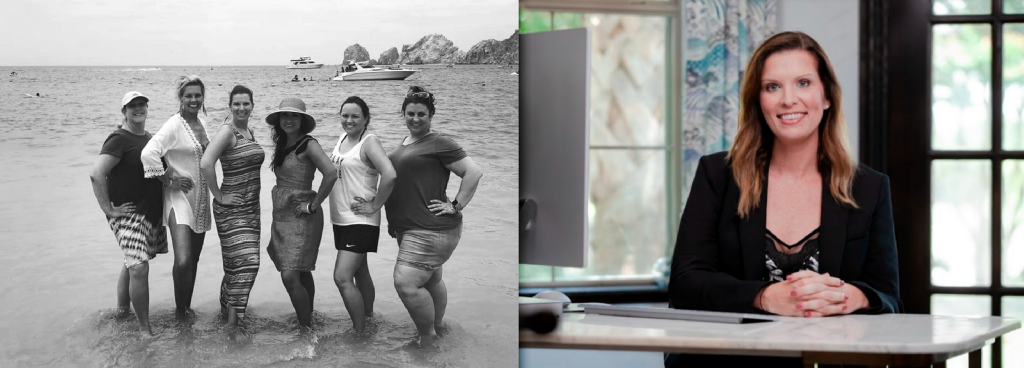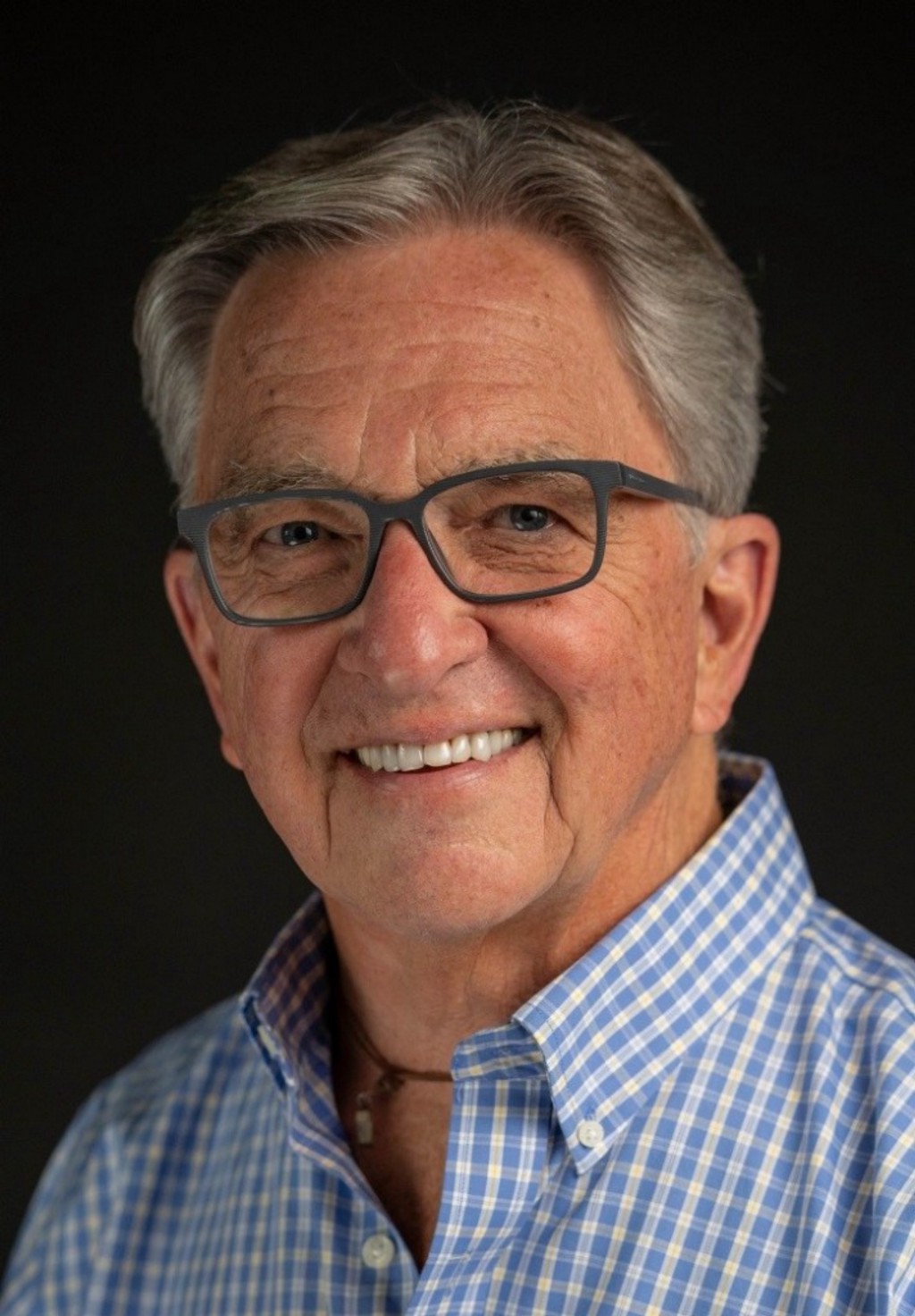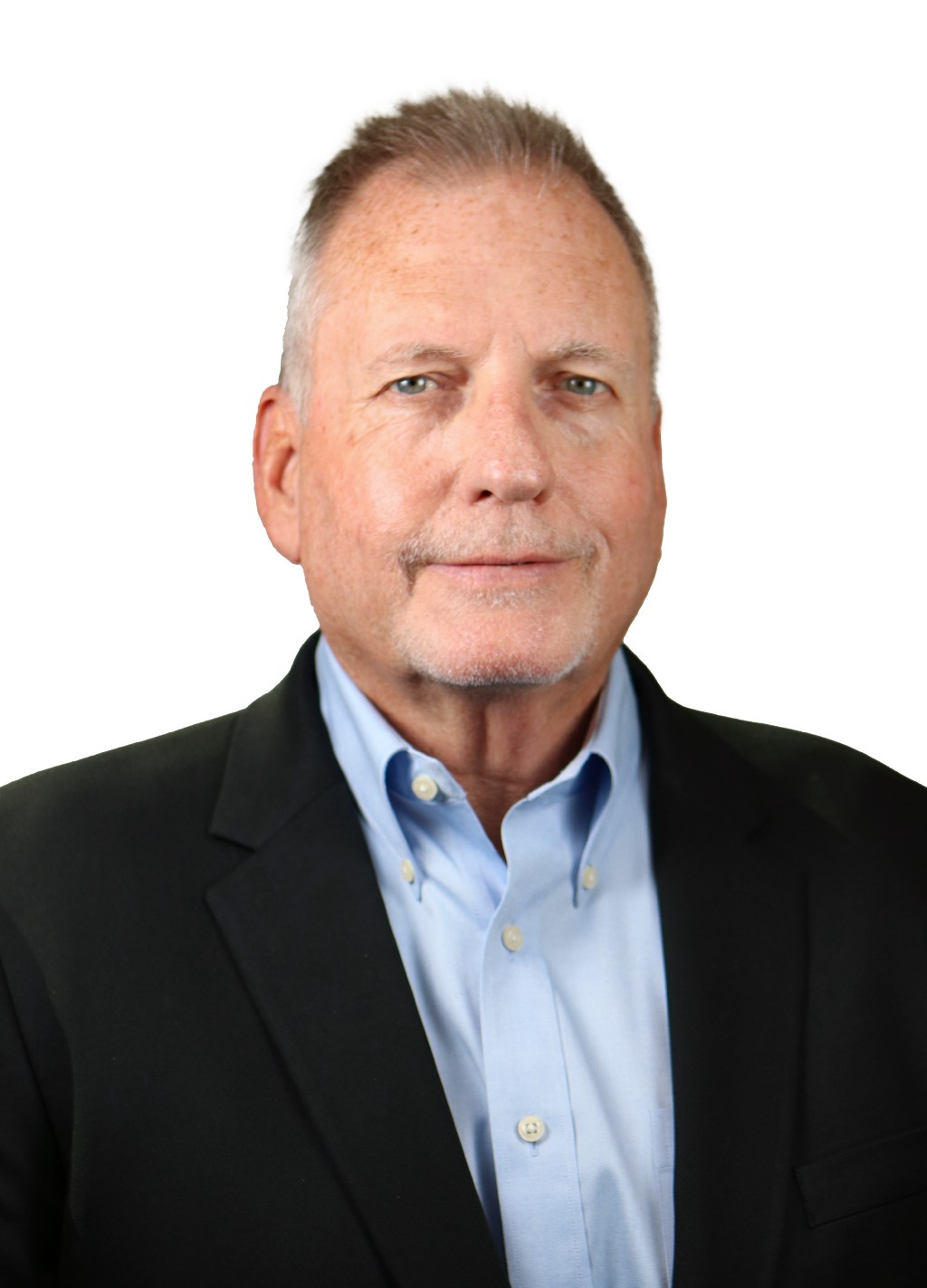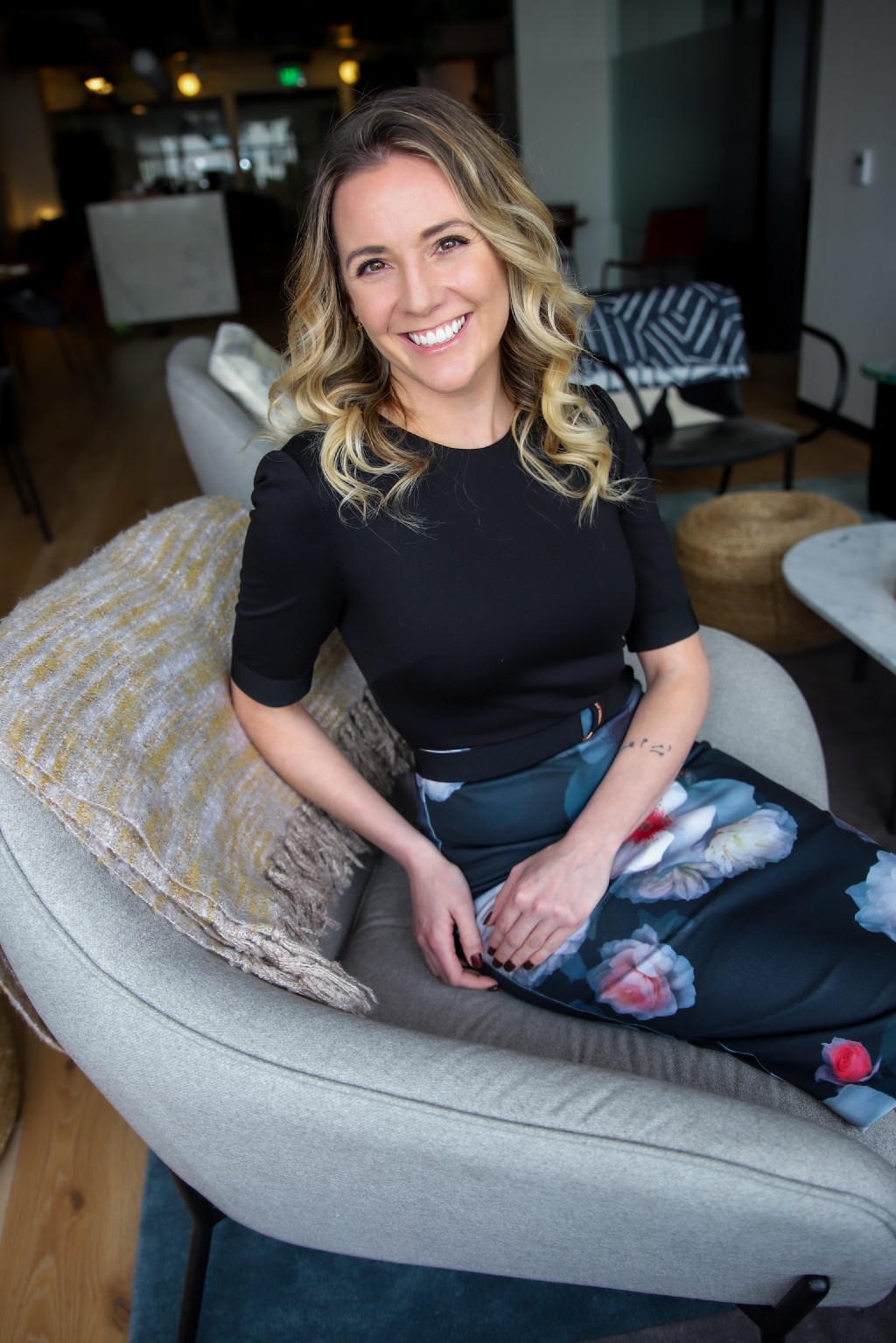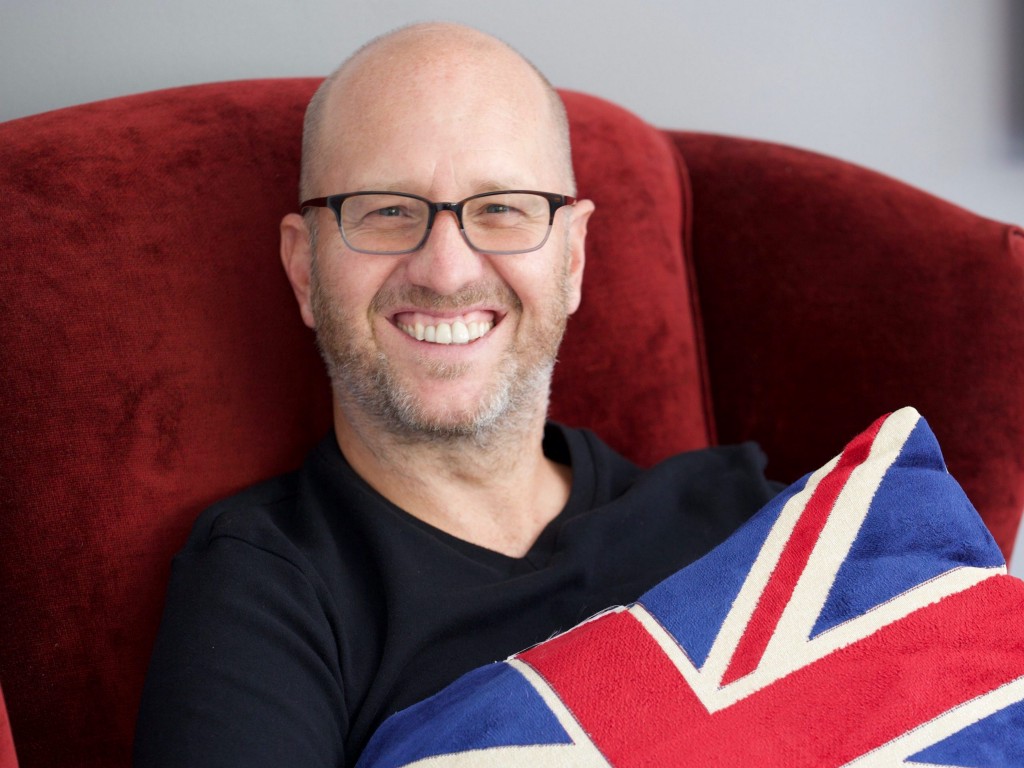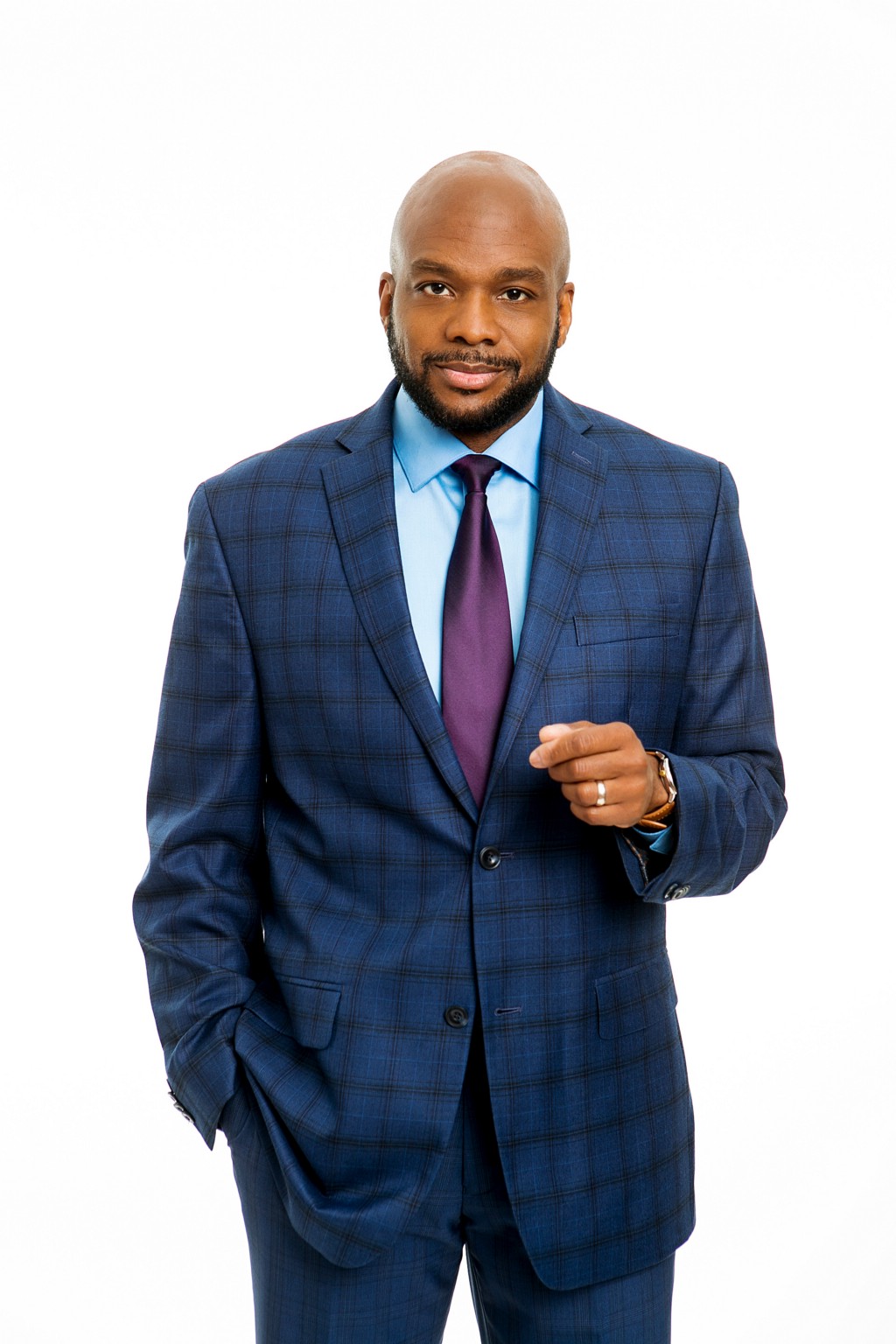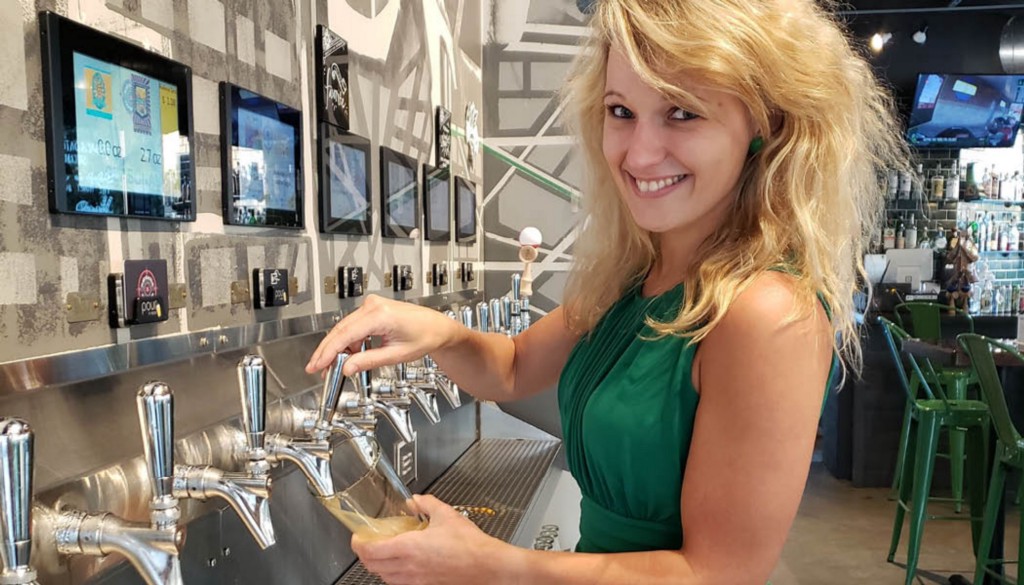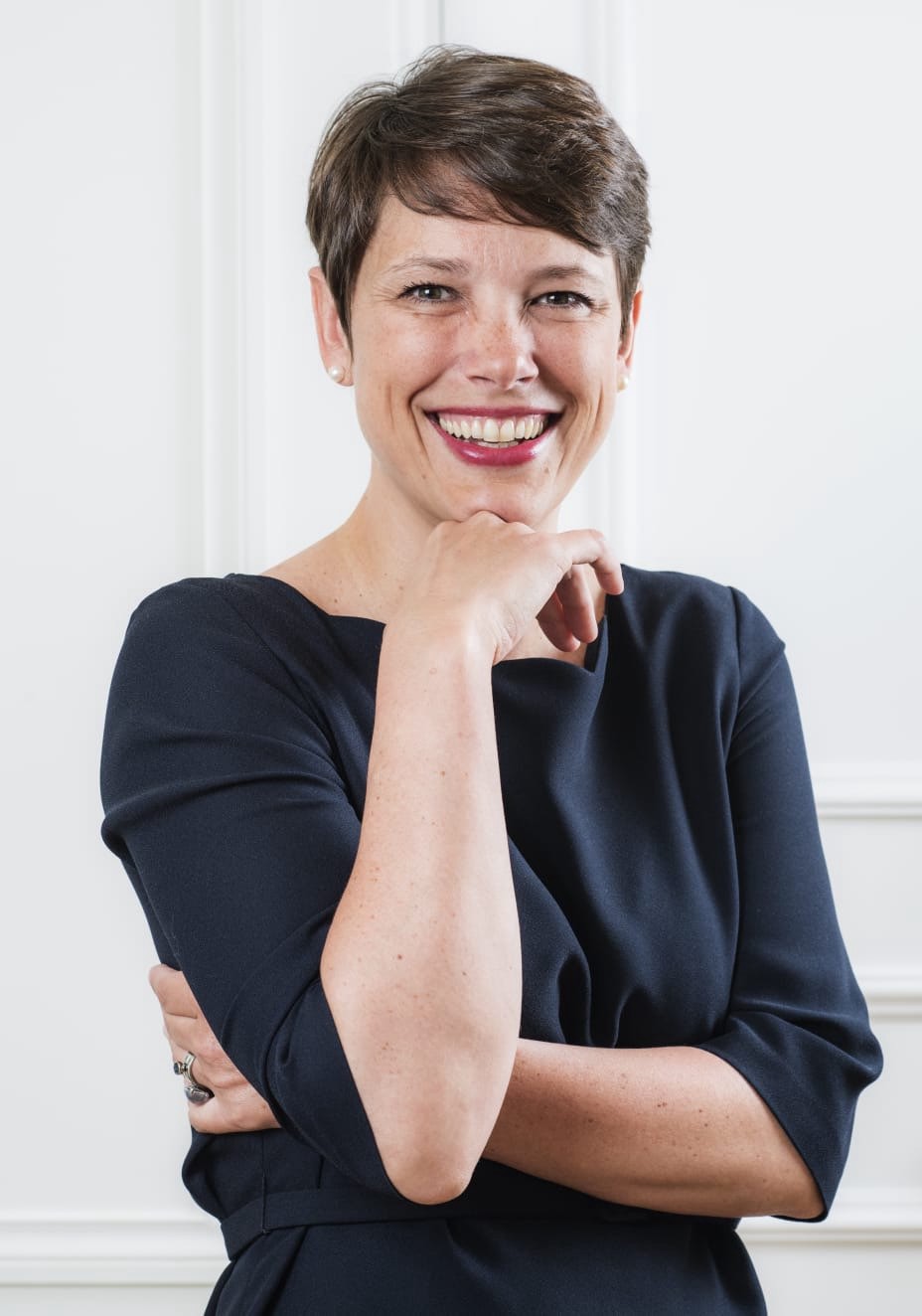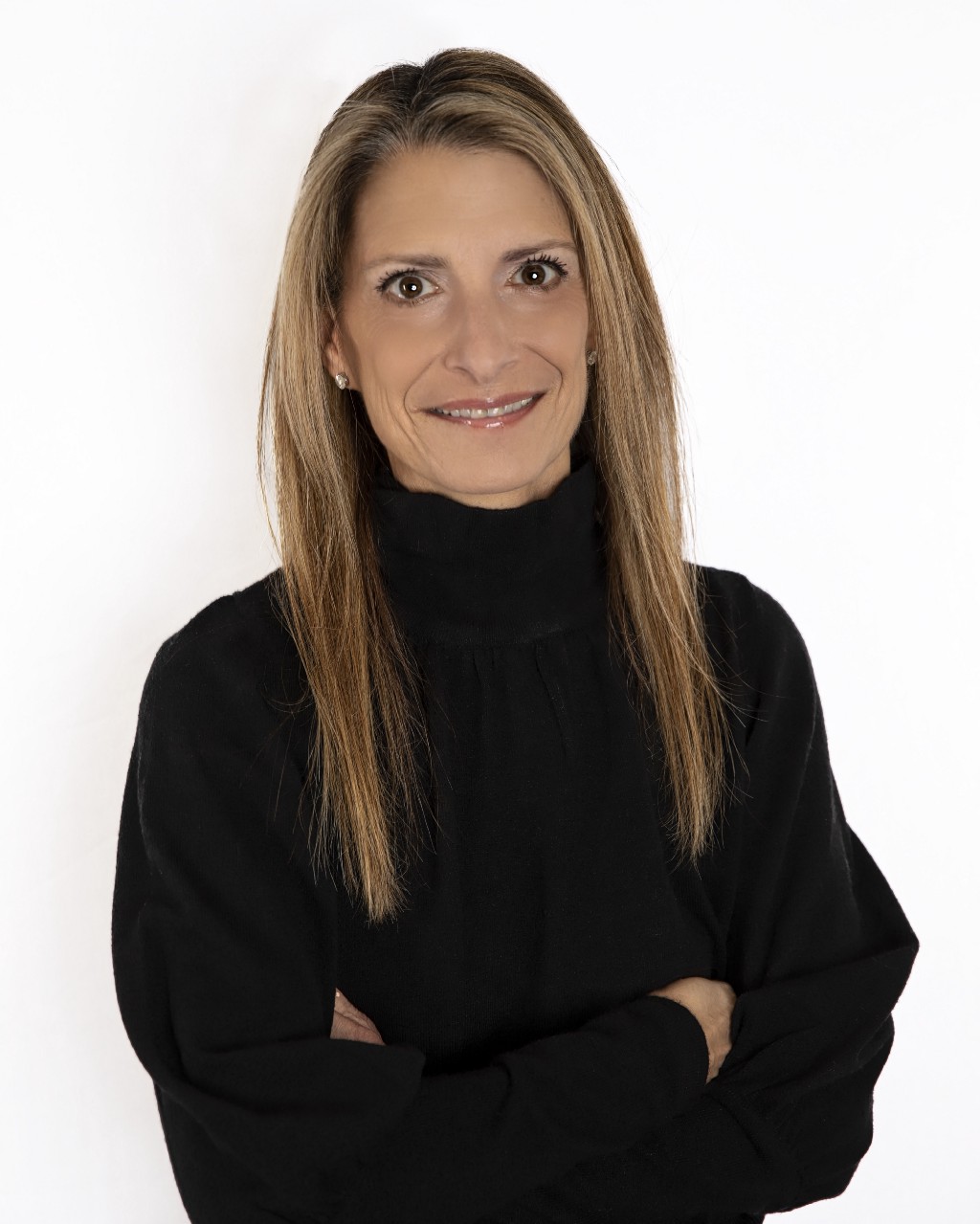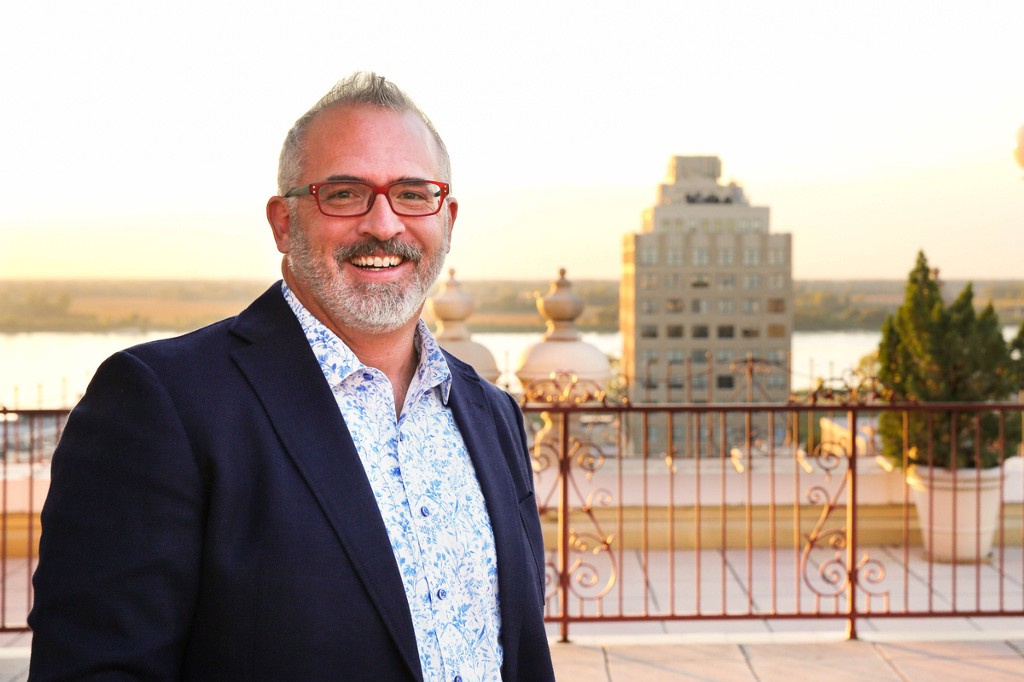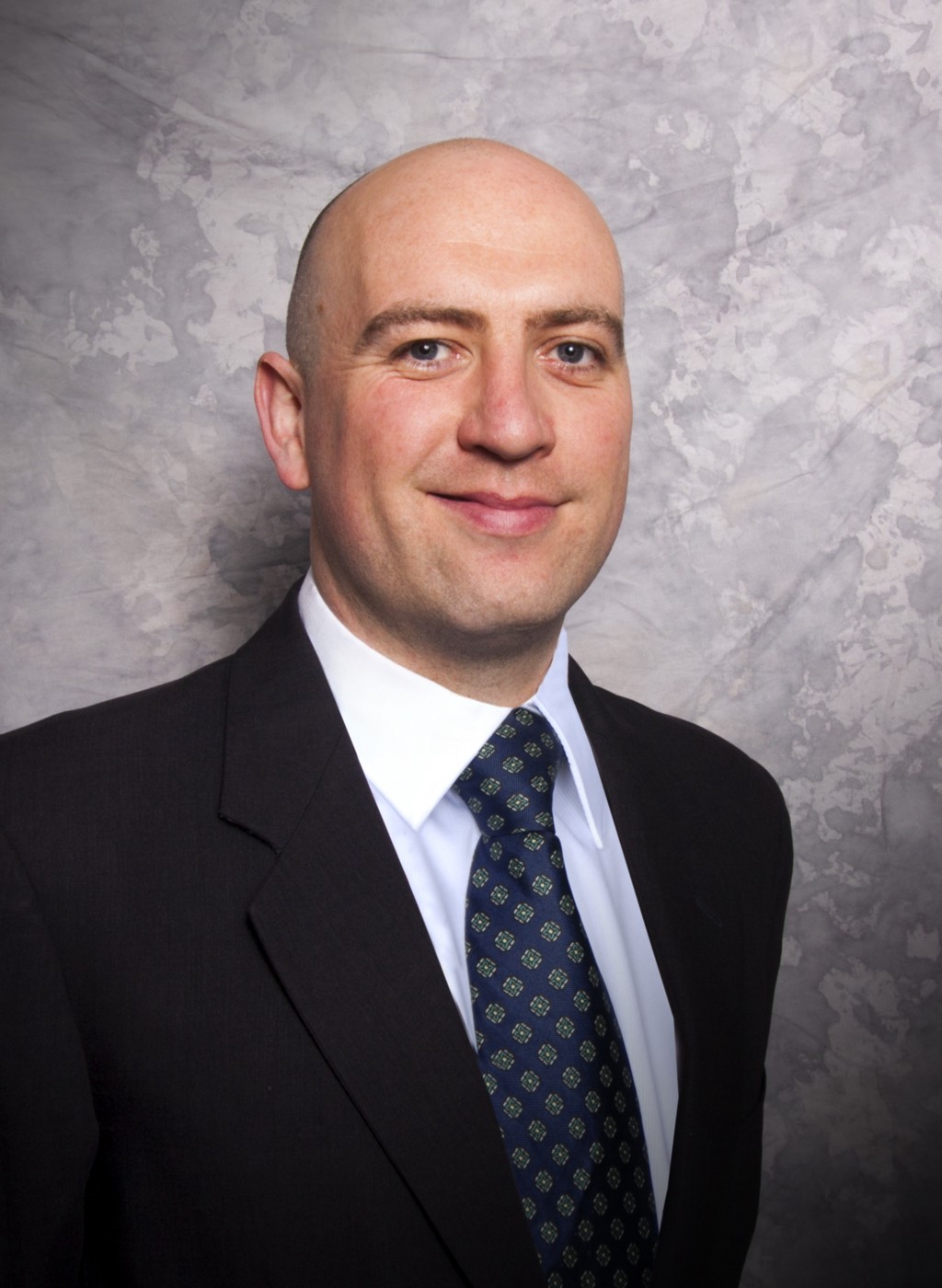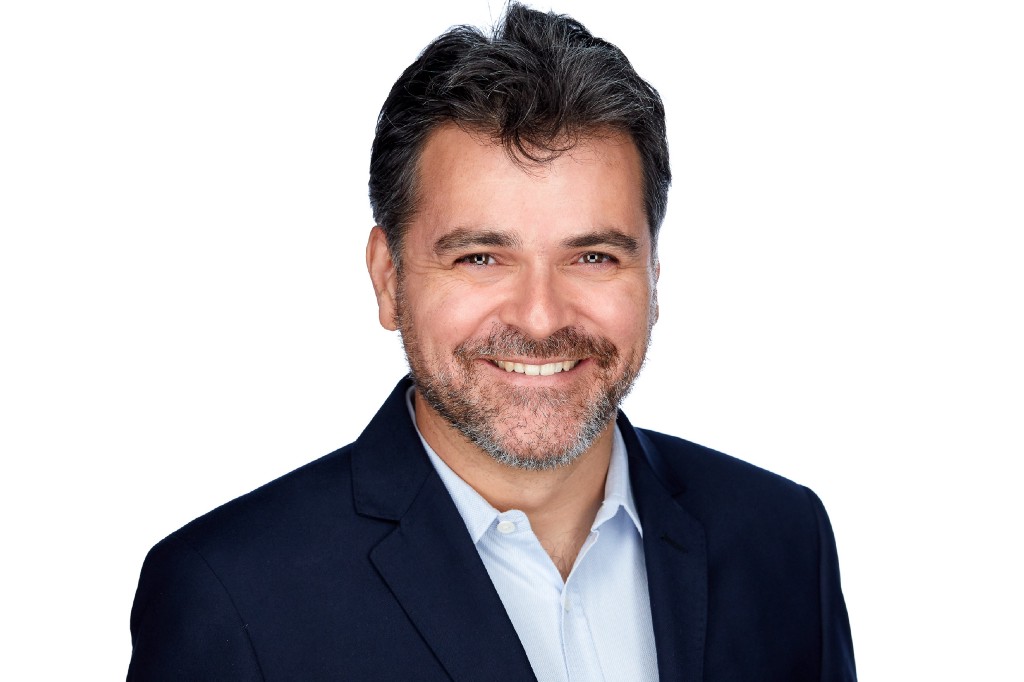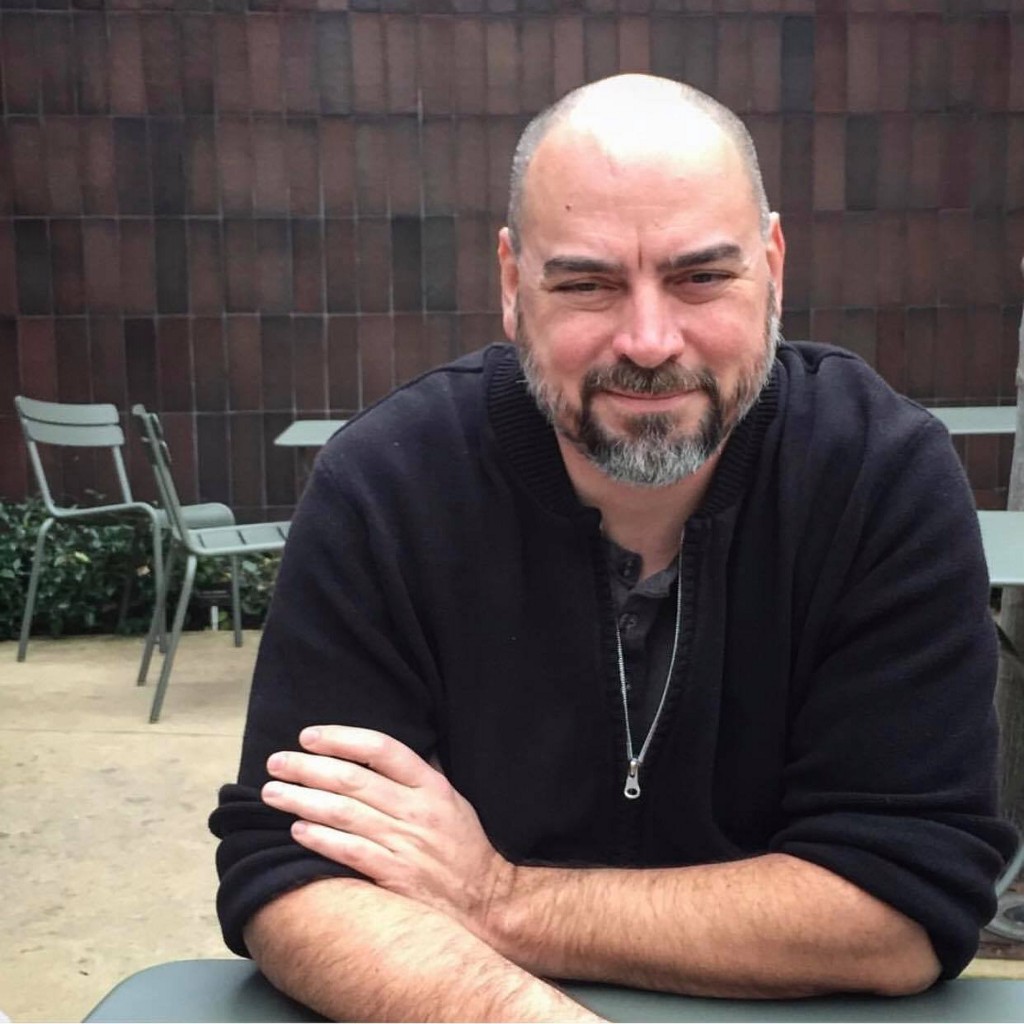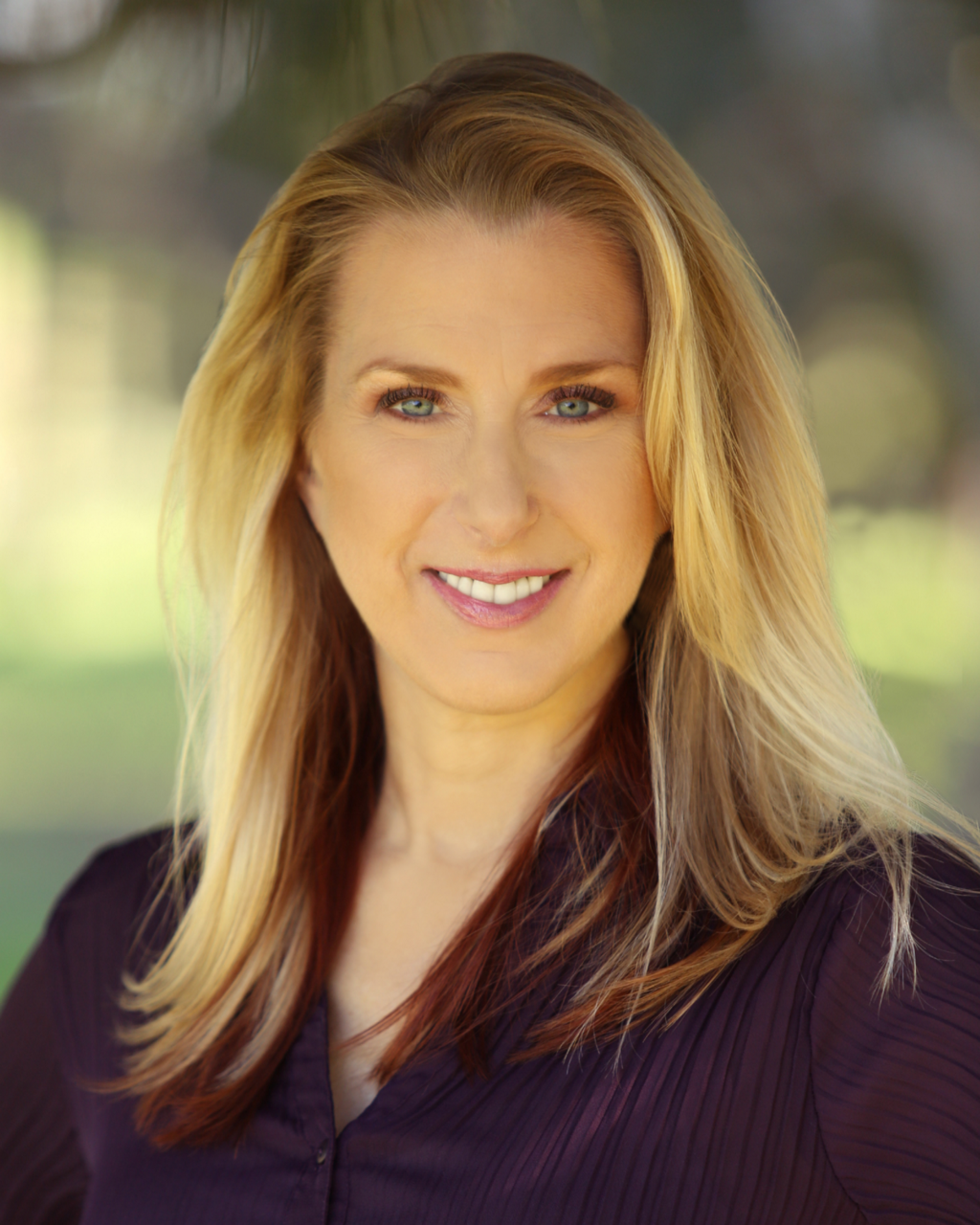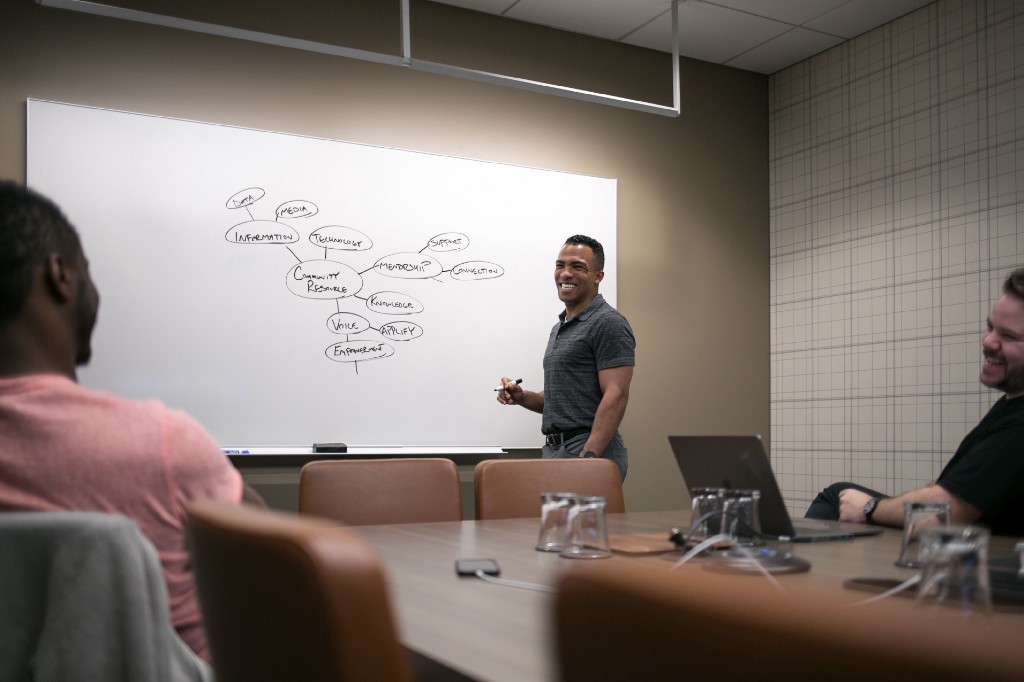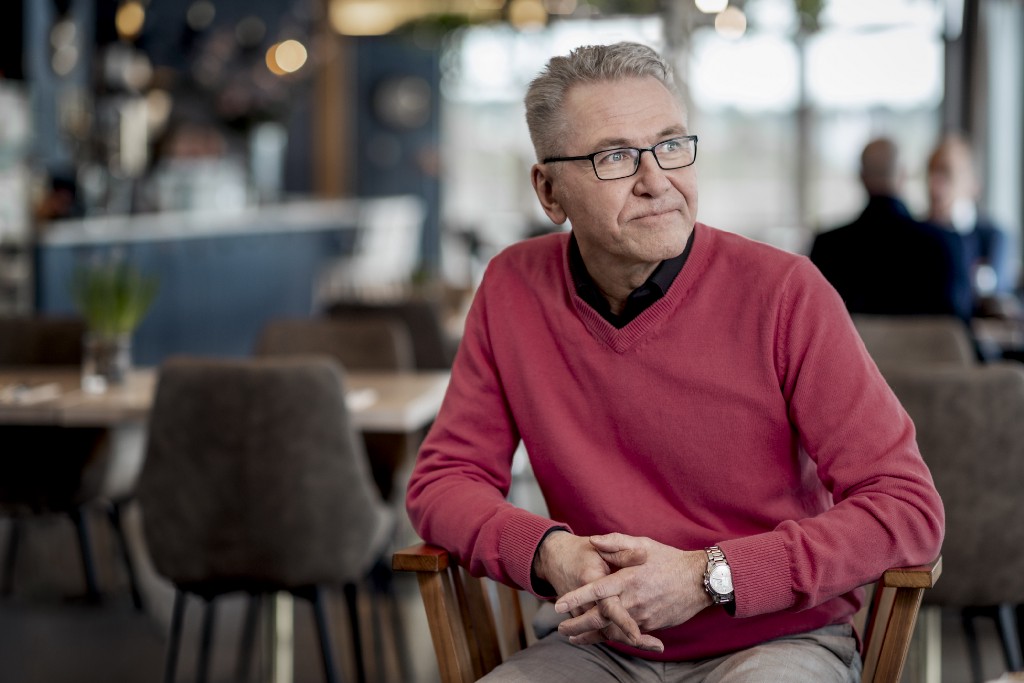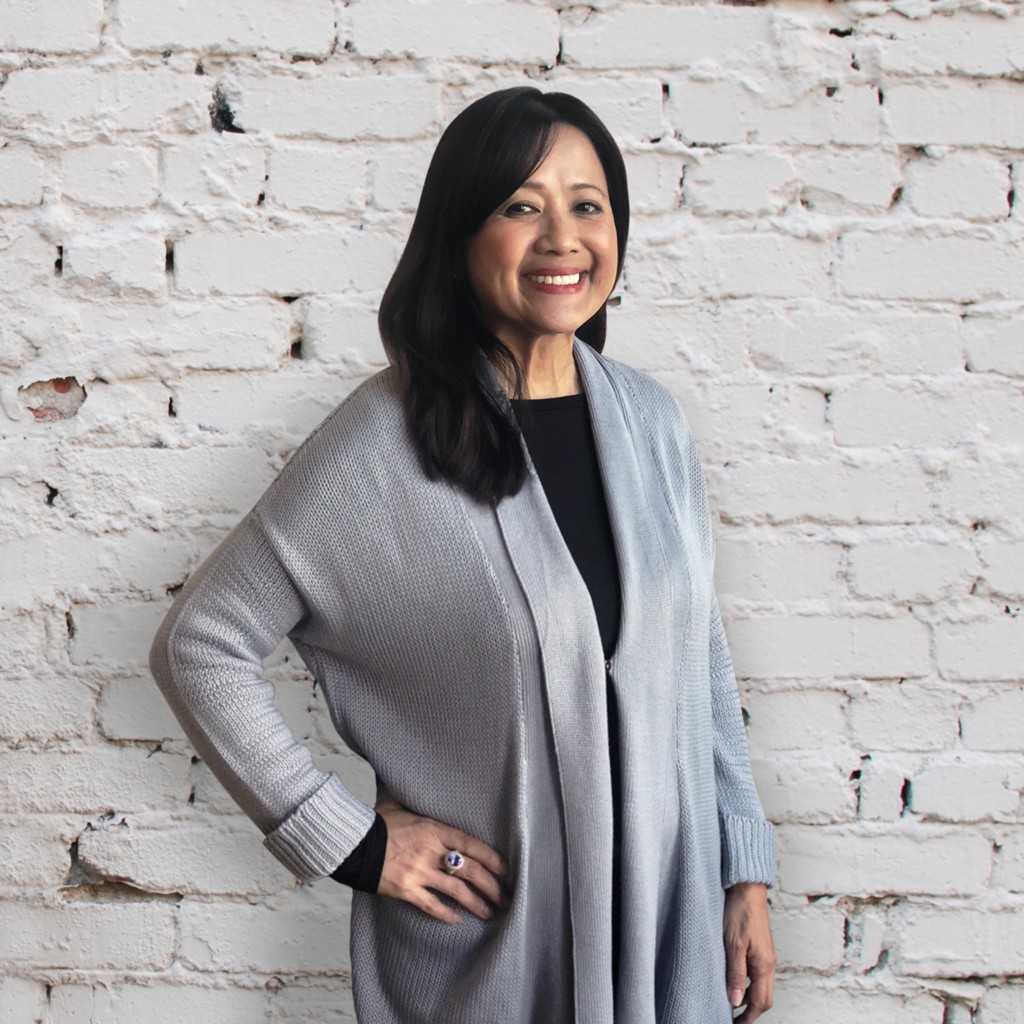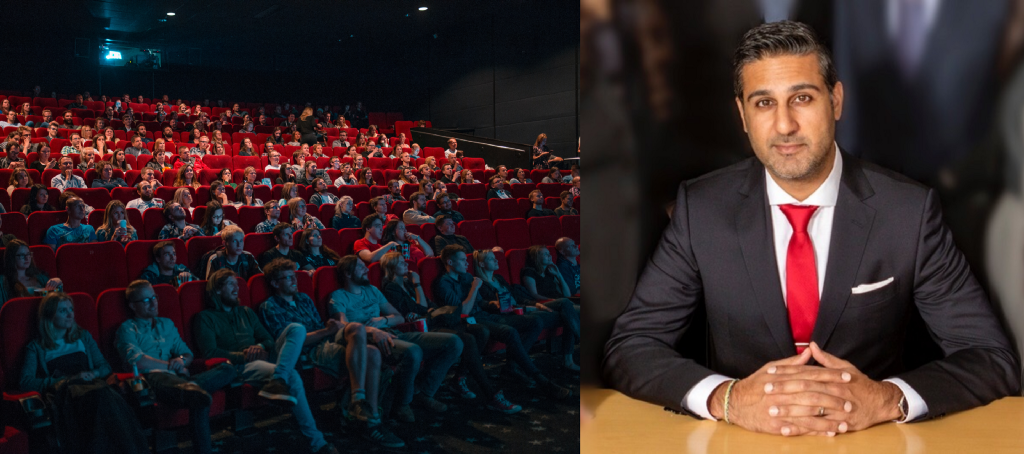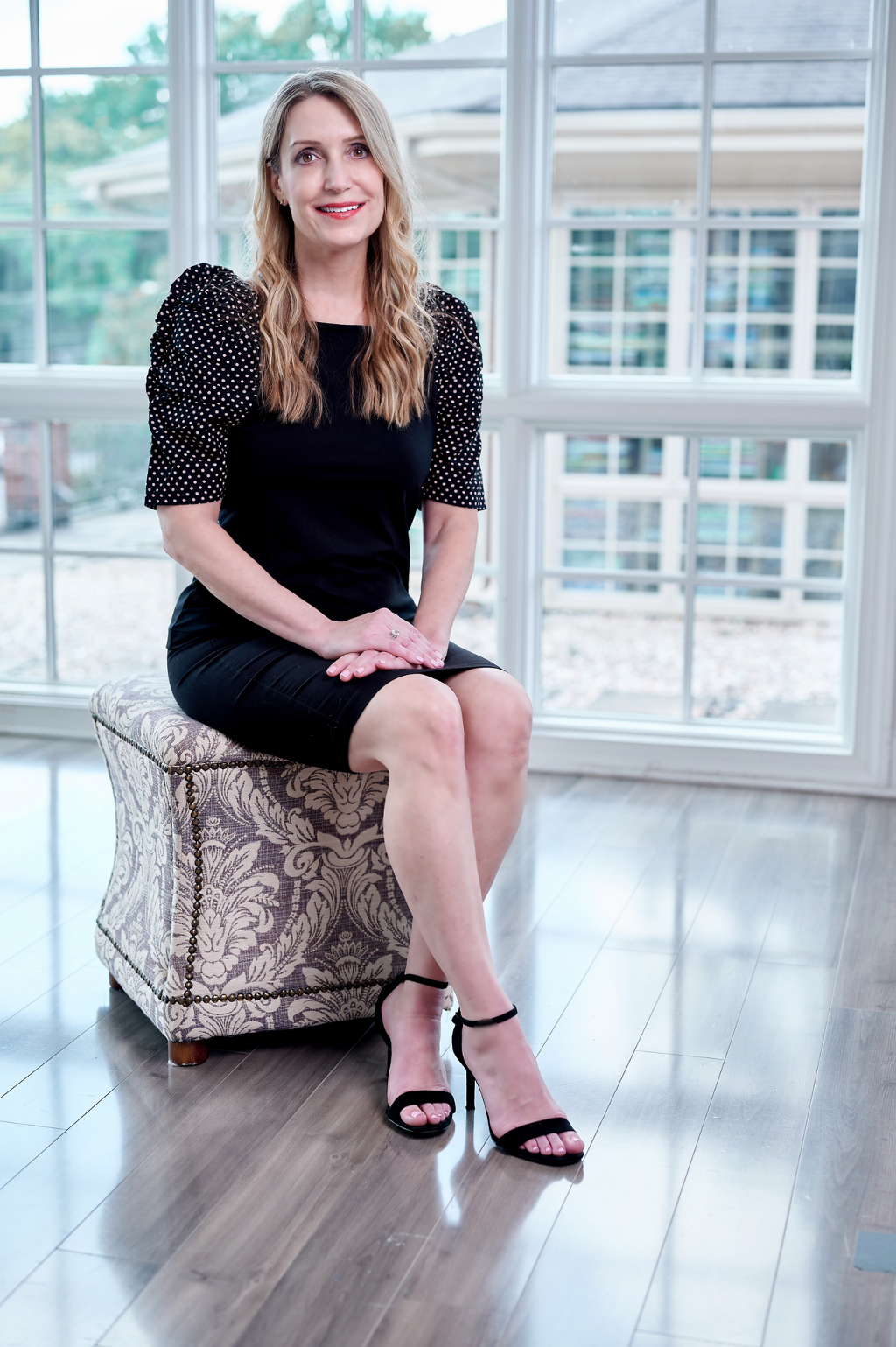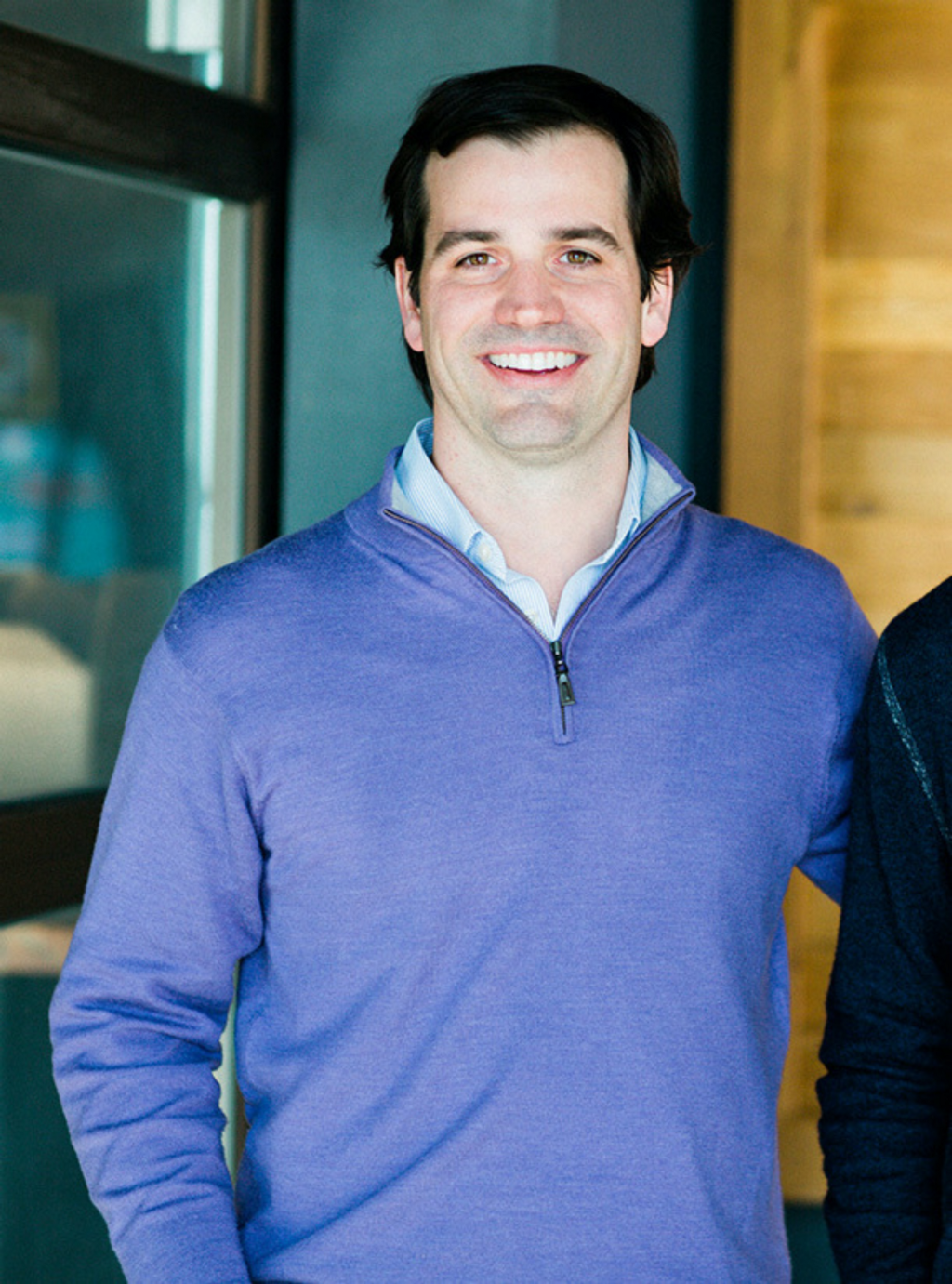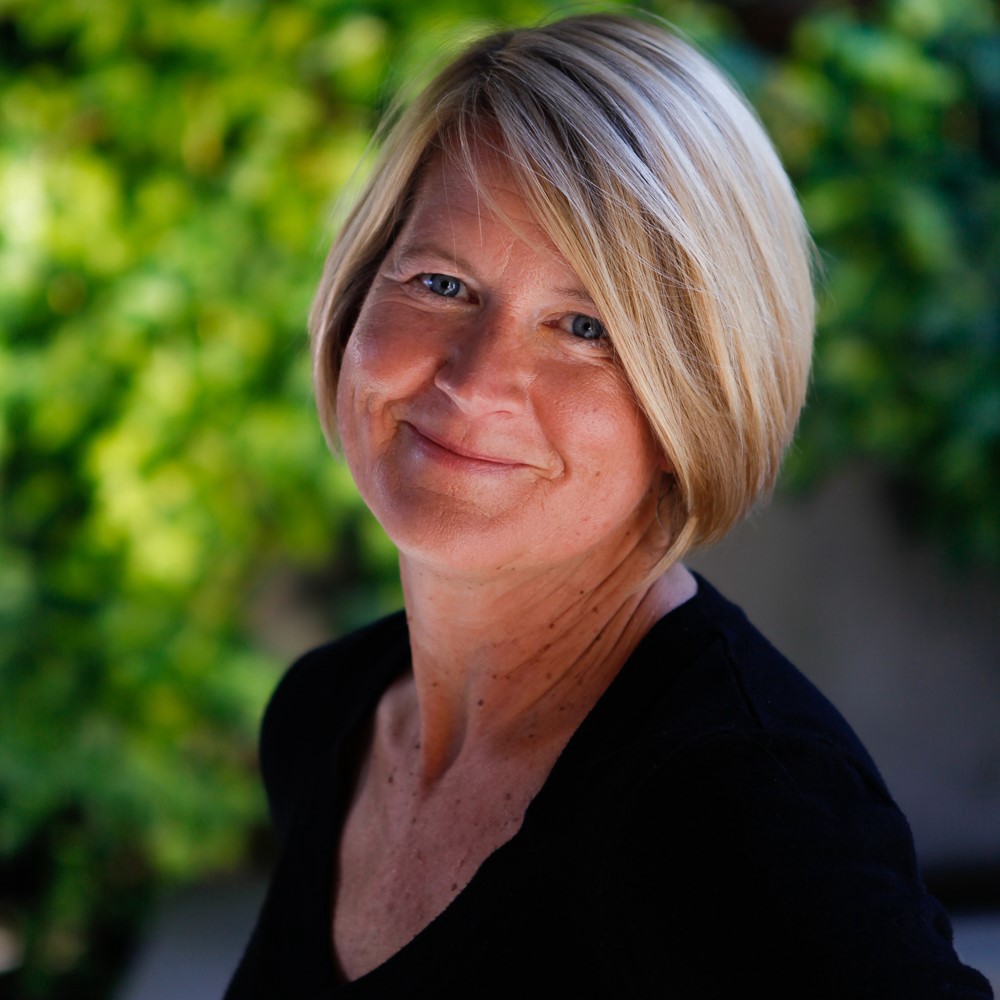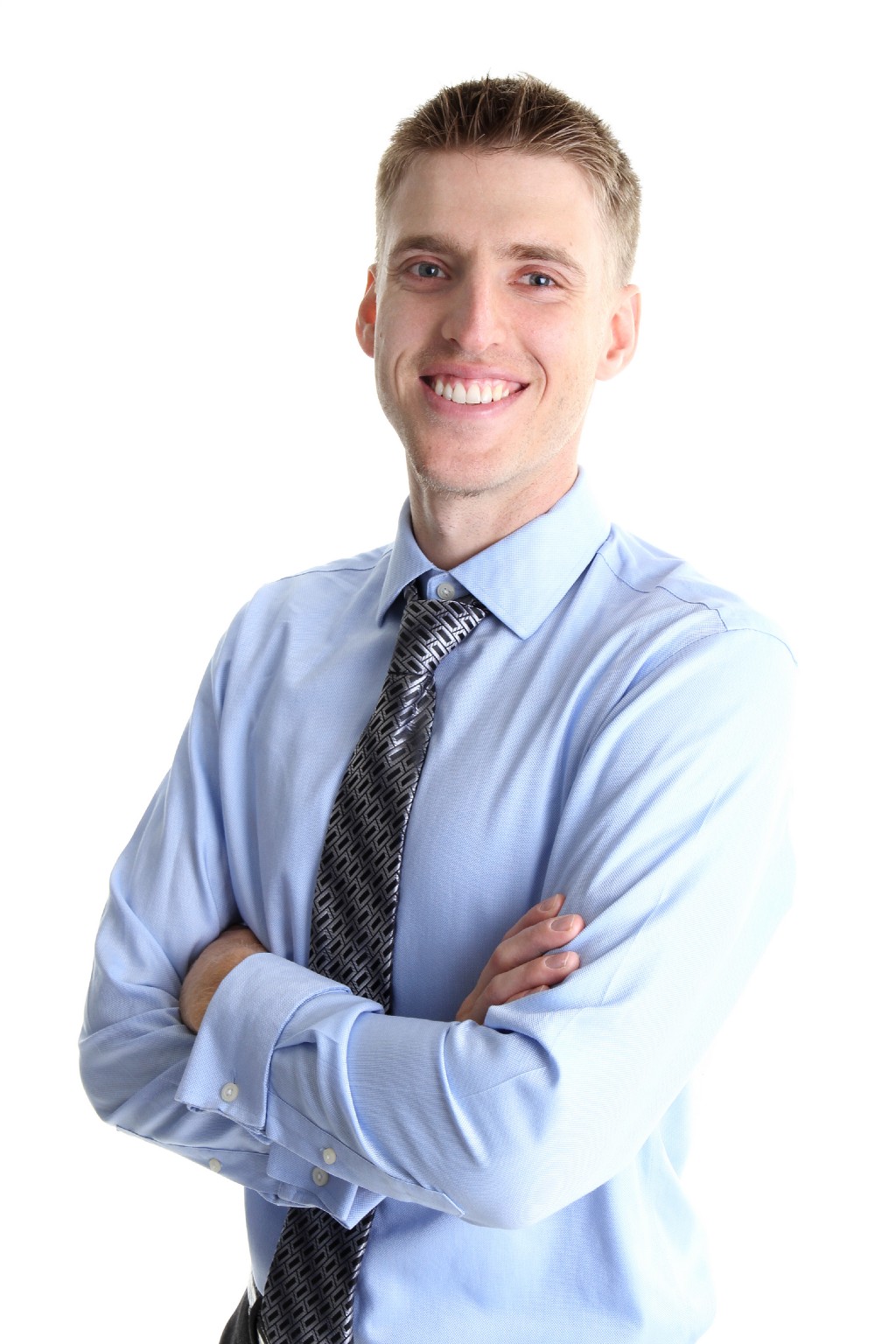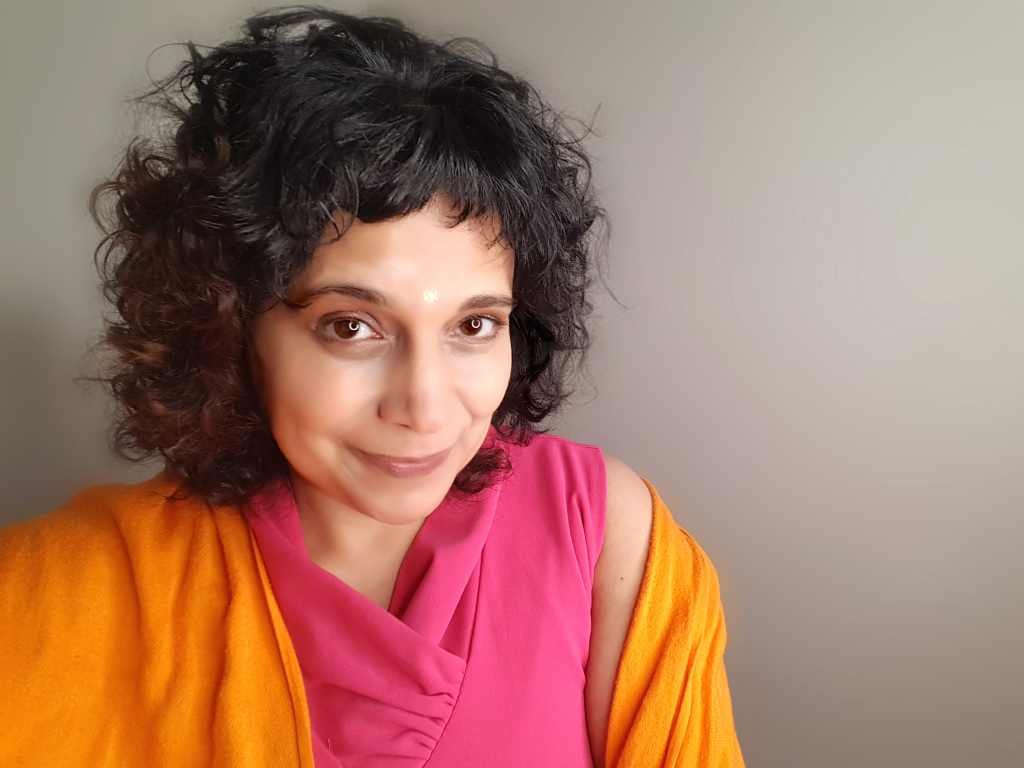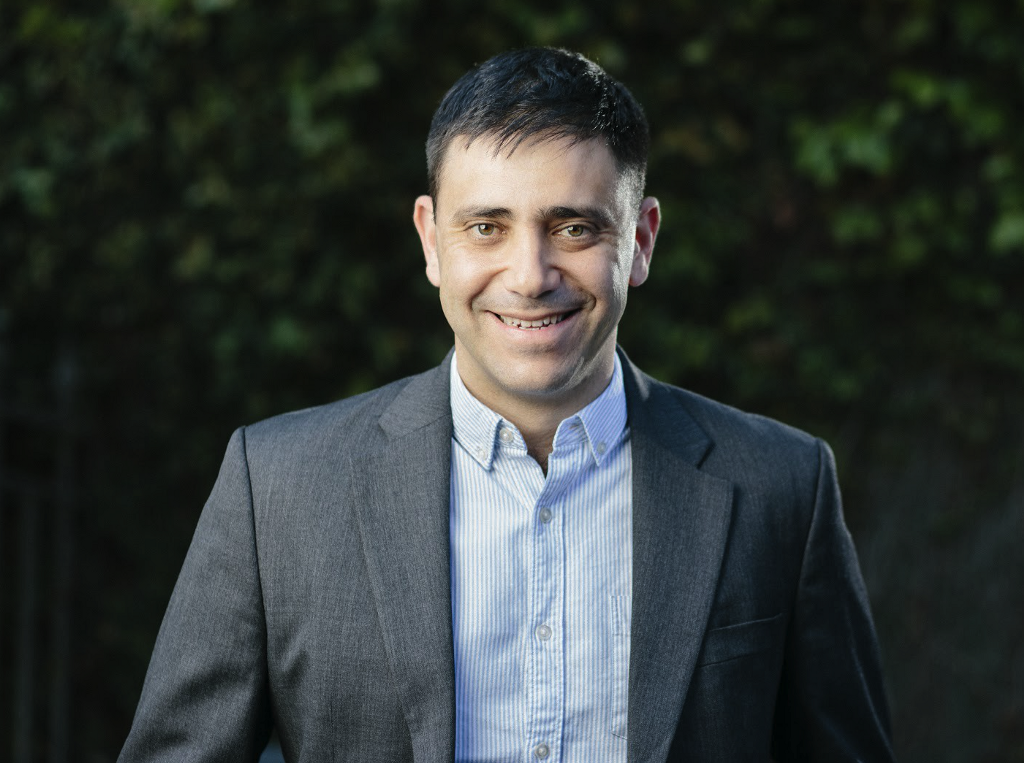It’s my dream to democratize qualitative, beautifully designed, 100% circular architecture that enables people worldwide to customize their home or other building design directly online, get it 3D-printed locally and also be sustainable. I want people to know it’s possible to create something beautiful made from recycled materials some might initially think are imperfect materials.
As a part of my series about “Big Ideas That Might Change The World In The Next Few Years” I had the pleasure of interviewing Ms. Hedwig Heinsman, co-founder, Creative Director and Chief Commercial Officer of Aectual.
Hedwig Heinsman is co-founder, Chief Commercial Officer and Creative Director of Aectual, where she is responsible for leading the company’s strategic vision and roadmap, as well as its global commercial business, including the creation of all client design, production and deployments. A visionary serial entrepreneur, Hedwig is also the co-founder of DUS Architects, an award-winning architecture company that received international media acclaim and recognition for its XL 3D-printed Canal House research project whose success led to the founding of Aectual. She studied Architecture at Aalto University in Finland, and holds a master’s degree in Architecture from the Delft University of Technology, where she graduated Cum Laude. Hedwig is also a public spokesperson on how tech will disrupt the construction industry, a frequent keynote speaker at international conferences and a regularly invited international architectural jury member.
Thank you so much for doing this with us! Before we dig in, our readers would like to get to know you a bit. Can you please tell us a story about what brought you to this specific career path?
I grew up in Lelystad, a city in the Netherlands that was built entirely below sea level on reclaimed land. Every single thing in my surroundings was conceived by people and man-made — even the forest trees were perfectly aligned in a grid. All of this fascinated me from my earliest memories onward, and empowered me with an incredible knowledge: that each of us have the ability to give shape to everything that surrounds us. It’s exactly what I’m heading now with my current company, Aectual: enabling others to design and give shape to their own homes and interiors.
Can you please share with us the most interesting story that happened to you since you began your career?
I met my current business partners and already started collaborating with them while we were all students at the Delft University of Technology in the Netherlands. I have a wealth of fond memories of numerous adventures with my business partners since our early university days, but one in particular stands out. In 2012, I fantasized about 3D-printing a traditional Dutch Canal House. Instead of laughing it off, my business partners embraced the idea as the perfect way to demonstrate all of the possibilities of XL 3D-printing and as an opportunity to explore a new form of housing fabricated by cutting-edge technology. The idea and subsequent prototyping of the XL 3D-printed Canal House led to a whirlwind media circus and gave birth to a massive ecosystem of innovation partners, from inventors to multinationals. Less than a year later, the XL 3D-printed Canal House was presented to US President Barack Obama in 2014 by the Netherlands’ Prime Minister when President Obama visited The Netherlands. It goes to show — it’s always prudent to share your craziest ideas with your friends and colleagues because you never know where they will lead.
Which principles or philosophies have guided your life? Your career?
I love the term ‘betapreneurship’ and it describes my attitude perfectly. Do not be afraid to test and quickly share your ideas with an audience to gain feedback and allow them to grow, improve and expand. That way you create a community and common ground appears, and you can learn from each other. Don’t be afraid to create something unperfect — just start. It’s a principle that also relates to architecture. We frequently construct real-life buildings and parts, calling it ‘beta-architecture’. People see it, respond to it and we start to build from there — even literally sometimes. This is also easy since many of our 3D printed solutions can be easily shredded and directly reprinted in smarter iterated versions. I also have a magnet on my refrigerator that quotes Homer: “The word you speak is the word you will hear.” I do my best to live by these words.
Ok thank you for that. Let’s now move to the main focus of our interview. Can you tell us about your “Big Idea That Might Change The World”?
It’s my dream to democratize qualitative, beautifully designed, 100% circular architecture that enables people worldwide to customize their home or other building design directly online, get it 3D-printed locally and also be sustainable. I want people to know it’s possible to create something beautiful made from recycled materials some might initially think are imperfect materials.
All of this is what led me and my business partners and I to found Aectual, the world’s first design-to-delivery platform to rapidly produce bespoke 3D-printed XL architectural and interior products at industrial scale. Aectual offers beautifully designed, modern 3D-printed architecture and interior items, such as terrazzo artwork flooring, fixtures, wall paneling, columns, façades, stairs, room dividers, planters and table screens — even entire buildings — all made from 100% circular, recycled, renewable and sustainable materials. Additionally, the Aectual design-to-delivery process reduces the cost of custom-made architectural products by 50%, is up to 10 times faster, eliminates waste and reduces materials usages and CO2 emissions.
The Aectual platform utilizes customizable engineered parametric products, an easy-to-use, customized design dashboard and proprietary robotic XL 3D-print technology to allow users to customize and create their own product versions. AEC-industry professionals can upload and create their own product versions or simply go to the Aectual website, pick a terrazzo floor pattern, wall panel, room divider, or sun canopy, for example, and then customize it to their taste. Our products can also be designed with all imaginable colors (RAL, NCS, and Pantone) and transformed into a variety of patterns and textures. Prices start at €200 euros per square meter or $24 dollars per square foot, and items are also typically more affordable than their conventional, custom-made counterparts. Consumers can choose from a selection of circular furniture and decorative pieces to customize, such as room dividers, table screens and planters, which start at about €500 euros or $600 dollars. Once the product is ordered, we 3D-print and install the product.
The endless customizable design features we offer marries versatility with functionality, while the vast customizability of our XL 3D-printed products adds freedom and personalization to sustainable design. We already have commercial real estate projects deployed globally, including flooring in Amsterdam Schiphol International Airport, flooring in BMW World in Munich, flooring at Nike World flagship store in the Dubai Mall, printed display walls at Nike Town London, a tiny Bauhaus (aka studio shed or she-shed), flooring that uses recycled Budweiser bottles at Capital C offices in Amsterdam, the temporary EU building in Amsterdam, and more.
How do you think this will change the world?
The Architecture, Engineering and Construction sector is currently responsible for 39% of all global CO2 emissions. Aectual aims to bring this percentage back to zero, with an entirely new approach for the AEC industry, based on optimized product designs, plant-based and recycled waste materials and a 100% circular, waste-free 3D printing manufacturing process with materials that can even be leased instead of discarded.
We offer a way to create beautiful architectural and interior design products from 100% recyclable, renewable materials that minimize waste and don’t harm the planet. Next to that, the global real estate market is worth an estimated $230 trillion — more than three times the estimated value of all global equities combined, however the fundamentals of building haven’t changed for centuries. The construction sector is rather archaic, slow and capital intensive.
Another reason this will change the world is “Aectual Circular” — our new circular design and digital production service that allows products we make to be easily shape-shifted from one material into infinite interior design solutions over time. Aectual’s 3D printing technique has always been an entirely waste-free production method, but since a majority of our building materials are now also fully circular, material usage is significantly reduced. We use recycled household and industrial waste materials to create new building products, and a majority of our products utilize circular, renewable, plant-based plastic created in partnership with German manufacturer, Henkel, that is free from environmentally harmful elements. Sourced from natural linseeds, the plant-based plastic creates a ceramic matte appearance that complements the design of the architectural products. The plant-based printing material can also be shredded and reprinted into new products — up to seven times.
After use, we take back the building and design products and directly shred, recycle and directly reprint them into new products. Depending on the product type, this results in a 35% to 95% material reduction due to its parametric designs, the number of materials needed, special manufacturing and product design optimization. Our novel 3D-printing technology ensures no excess materials go to waste, and our specialized bio-based printing material contributes to more than a 60% reduction in CO2 emissions compared to traditional counterparts.
With Aectual, people worldwide will have easy online access to customize their architectural designs and create living environments that are much more personal and, therefore, much more cherished. Companies can easily create bespoke, 100% circular architectural products that don’t harm the planet. Architects have ultimate design freedom and can directly share and sell their designs to the entire world.
Ultimately, the expansion of Aectual’s online platform will democratize architecture — making customized design, high-quality products and qualitative architecture that is 100% circular and sustainable available to everyone.
Keeping “Black Mirror” and the “Law of Unintended Consequences” in mind, can you see any potential drawbacks about this idea that people should think more deeply about?
I’m a firm believer in the importance of qualitative public places, along with great housing and habitats where people from different backgrounds and economic classes can live, work and play. The design and creation of these spaces is something I believe should not entirely be controlled by capital alone. This is happening more and more. It is also one of the reasons why I’m do what I do — aiming to combine public and private interests.
Was there a “tipping point” that led you to this idea? Can you tell us that story?
The thought process behind the Aectual platform was — and is — an ongoing process. It essentially combines everything my colleagues and I have been working on ever since we started our architecture firm in 2004. We had become very experienced in developing analog tools to bring architecture and design to large communities. Online social platforms really started to rise around 2010 and at the same time small scale 3D-printing started to emerge. It made us wonder: “What if we could combine the two and give communities direct access to manufacturing their own habitats?” All of this led us to develop one of the world’s first XL 3D printers for building and construction products — and the story grew from there.
What do you need to lead this idea to widespread adoption?
Normally, it is quite hard to scale in construction. The reason being that every country, every state and sometimes even every different city, has its own building regulations. It’s why we’ve taken a strategic, incremental approach — one that focuses on building products vs. entire buildings or homes, which enables fast product development that’s also less capital intensive. Contrary to entire homes, products such as flooring, wall panels or façade cladding can be used in any building worldwide — whether new or rebuilt. And, because our products are built up from smart datasets, it is easy to digitally adapt them for different local conditions and regulations. All we need are local 3D-printing machines to do the manufacturing, which is a trend that has been going on for a while and is accelerating with greater frequency. To me, it is not a question of ‘if’ this transition will happen, but only a matter of ‘how fast’ it will happen. More funding in this area helps, of course.
What are your “5 Things I Wish Someone Told Me Before I Started” and why. (Please share a story or example for each.)
- The “Rocks, Pebbles and Sand in a Jar” story: I really wish someone had told me this earlier, to ‘fill my jar’ with family and friends first, and top it off with work. I tend to be a workaholic, but in the end family and friends are what matters the most.
- “Living is Meeting”: This is a quote I lend from a friend. He taught me that meeting people always gives you something and will lead to something else. He’s right.
- “Dare to Say No”: It takes a lot of “no’s” before you can give a great “yes.” I’ve wasted so much time on irrelevant clients and projects — when in doubt, it’s much wiser to say “no.”
- “Gentle Healers Make Smelly Wounds”: This is a Dutch saying, which means something akin to, “When something isn’t working, it’s better to be straight and upfront with people.” Don’t let the truth linger out of kindness — it will only backfire.
- Don’t try to reinvent the wheel: Surround yourself with people who are experts and are better than you — and don’t start from scratch by learning yourself.
Can you share with our readers what you think are the most important “success habits” or “success mindsets”?
- Leave the past behind. Talk about what you’re going to do today and don’t dwell on old issues.
- Trust your gut. If it doesn’t feel right, it’s for a reason. This one is very hard to execute though, and easiest to detect in hindsight when you’ve already made the wrong decision. I continuously try to harvest my instincts better.
- Respect your internal clock. I’ve finally acknowledged I’m not a night owl. I now wake up very early to get my work done and I stop at dinner time in order to get a relaxed night sleep.
- Make time for cultural pursuits and fun things: Read poetry or go to a museum — whatever inspires you. During the course of my career, I frequently cancelled on culture to make time for work, but ultimately discovered that when I do these fun things without having any agenda, I always end up being inspired in some way and getting new insights.
Some very well-known VCs read this column. If you had 60 seconds to make a pitch to a VC, what would you say? He or she might just see this if we tag them 🙂
We’re starting a new round of funding, so I’ll share my elevator pitch. Aectual is founded to bring customizable and sustainable architecture to everyone, offering an end-to-end 3D printing platform for a variety of customizable architectural features, such as floors, furniture, stairs and facades. Our data-driven solution offers a seamless design-to-delivery workflow and a very concrete value proposition: 10X faster, 2X less expensive, 100% circular and zero waste.
How can our readers follow you on social media?
https://www.linkedin.com/company/aectual/
https://www.instagram.com/aectual/
https://www.facebook.com/Aectual/
Thank you so much for joining us. This was very inspirational.
Thank you! I appreciated this opportunity to share!
Aectual: Hedwig Heinsman’s Big Idea That Might Change The World was originally published in Authority Magazine on Medium, where people are continuing the conversation by highlighting and responding to this story.

